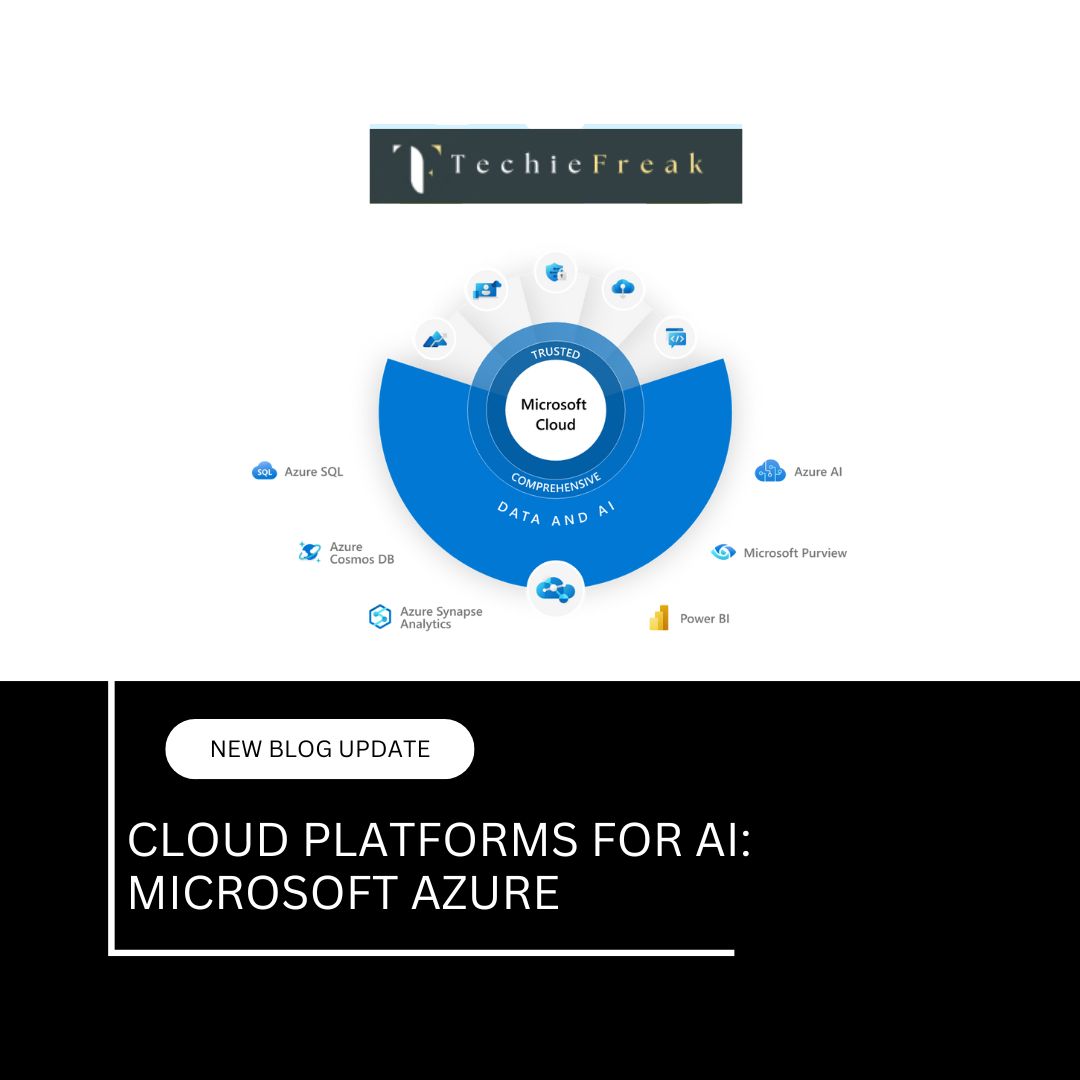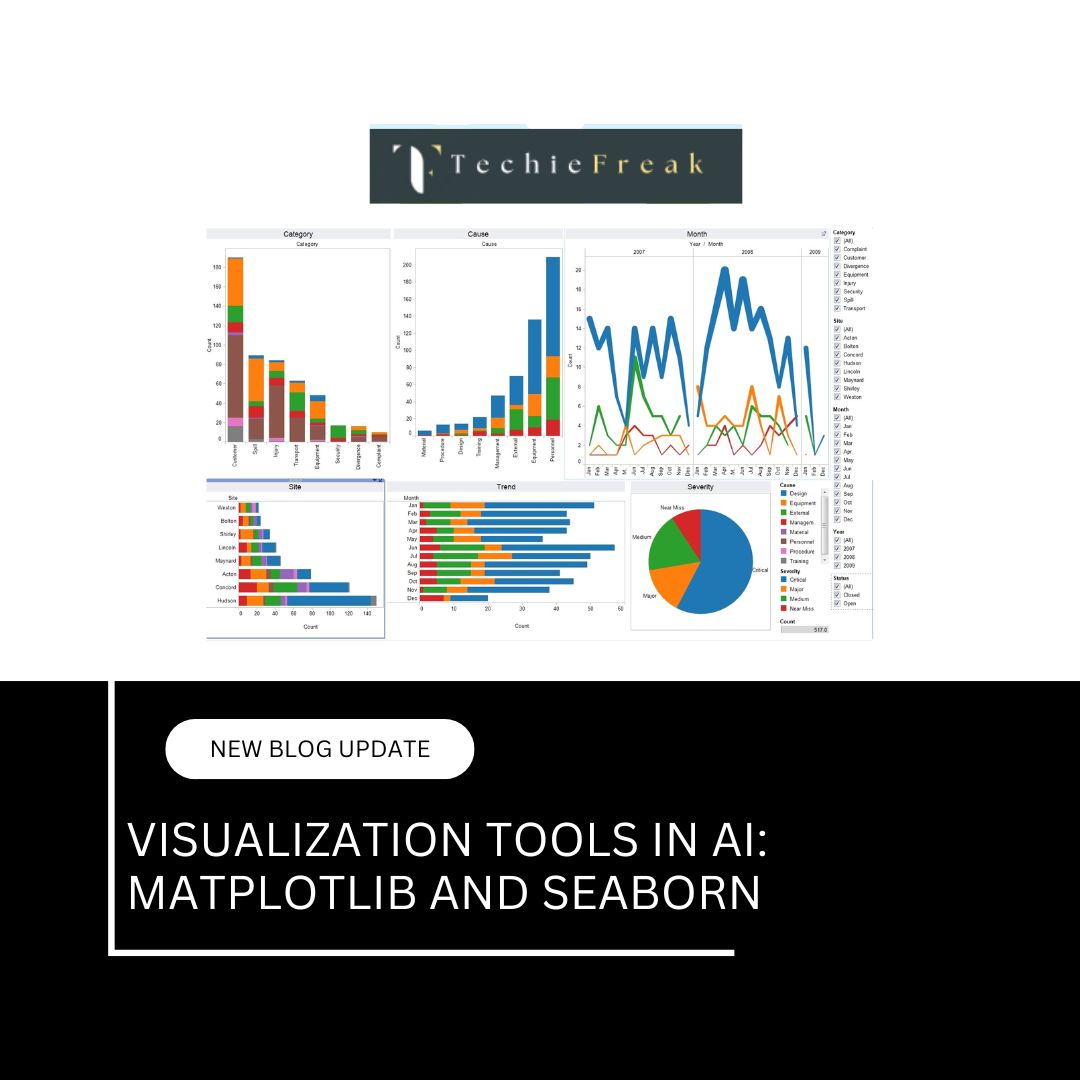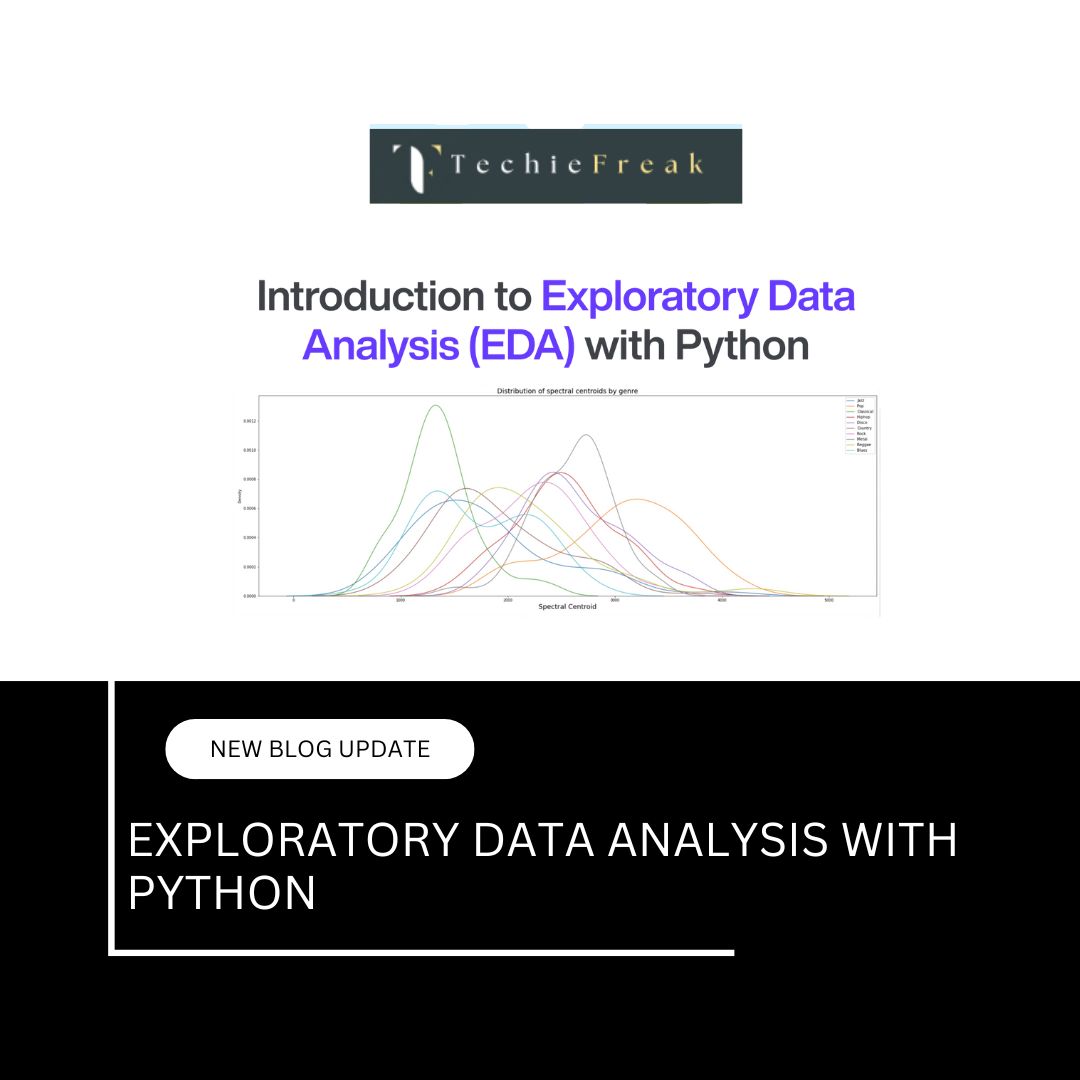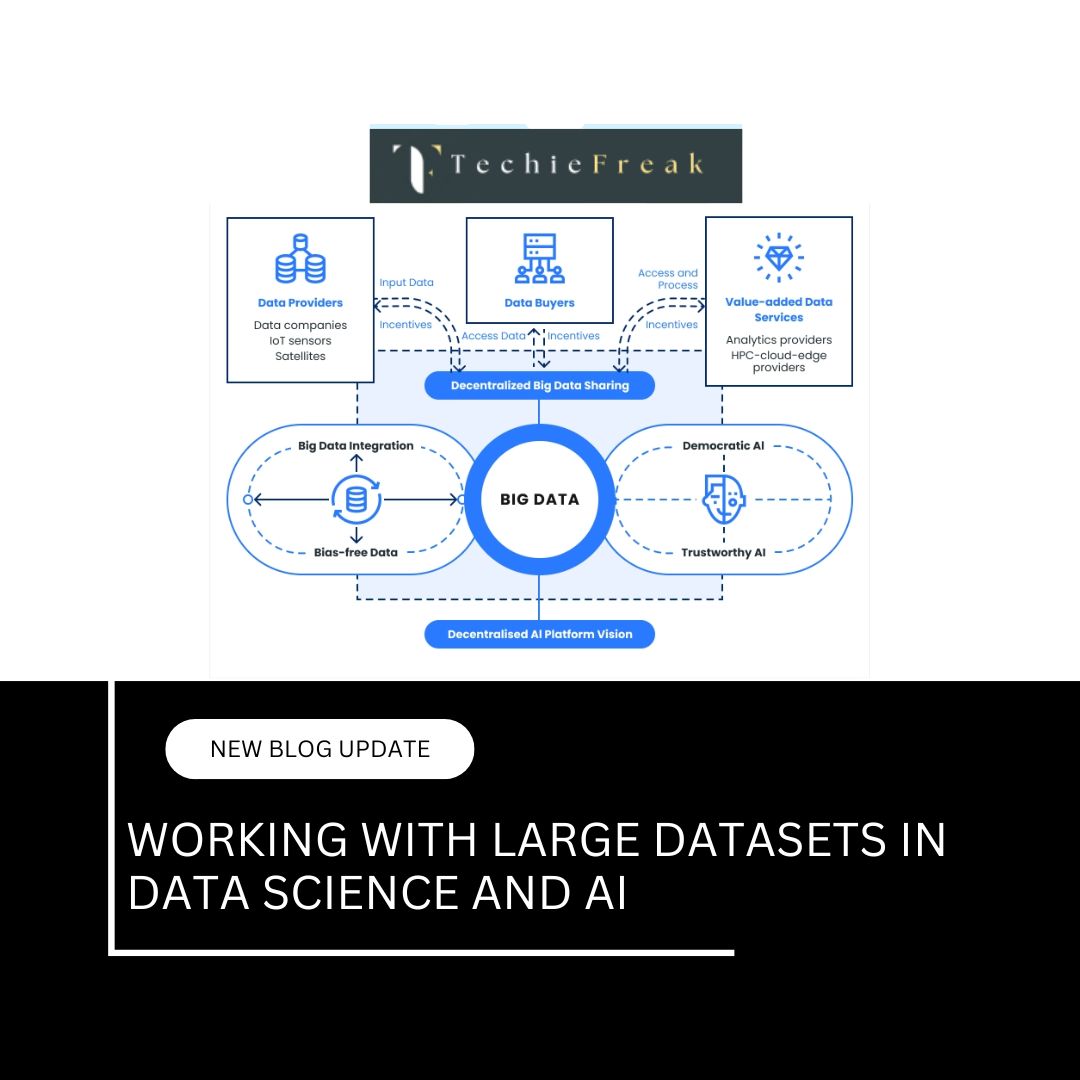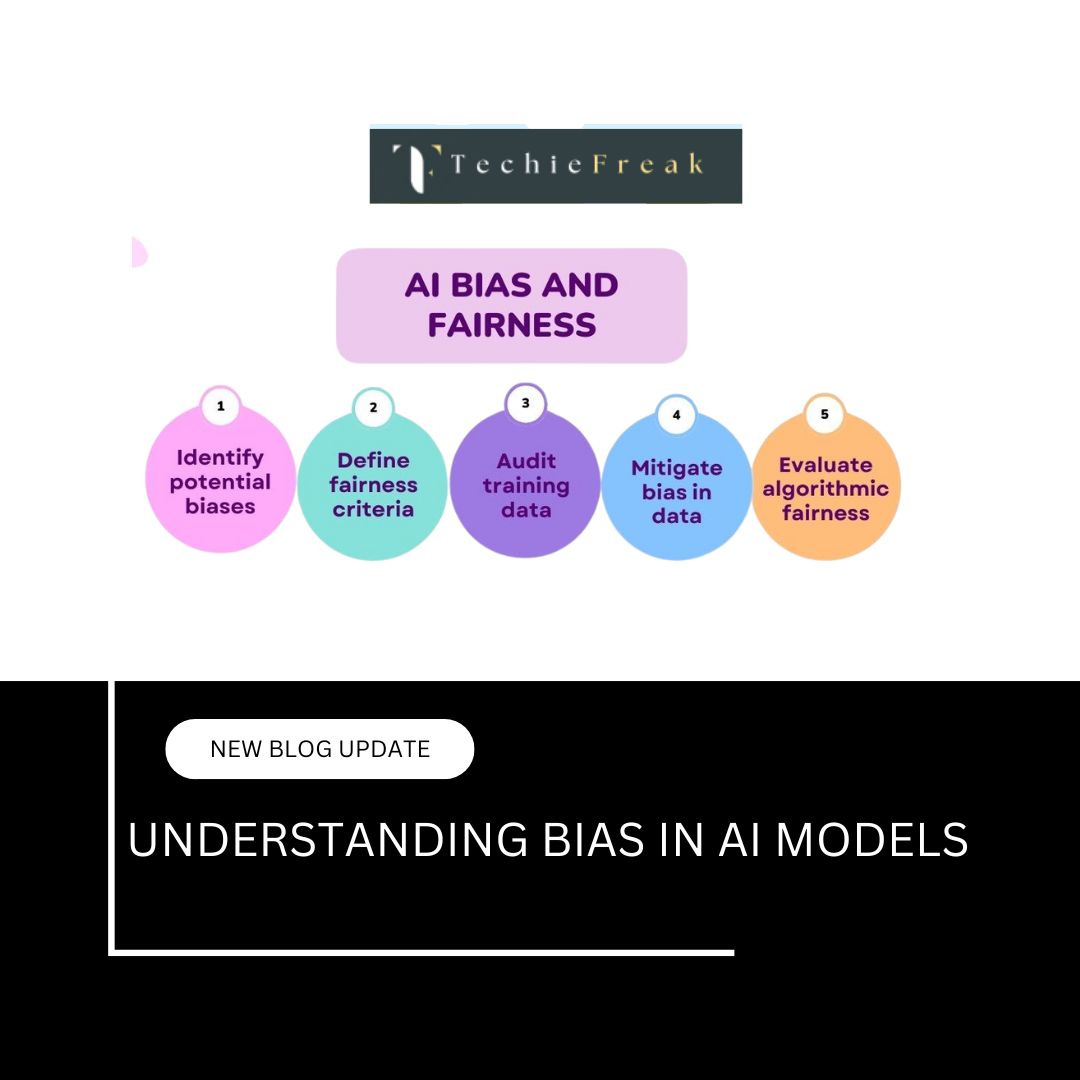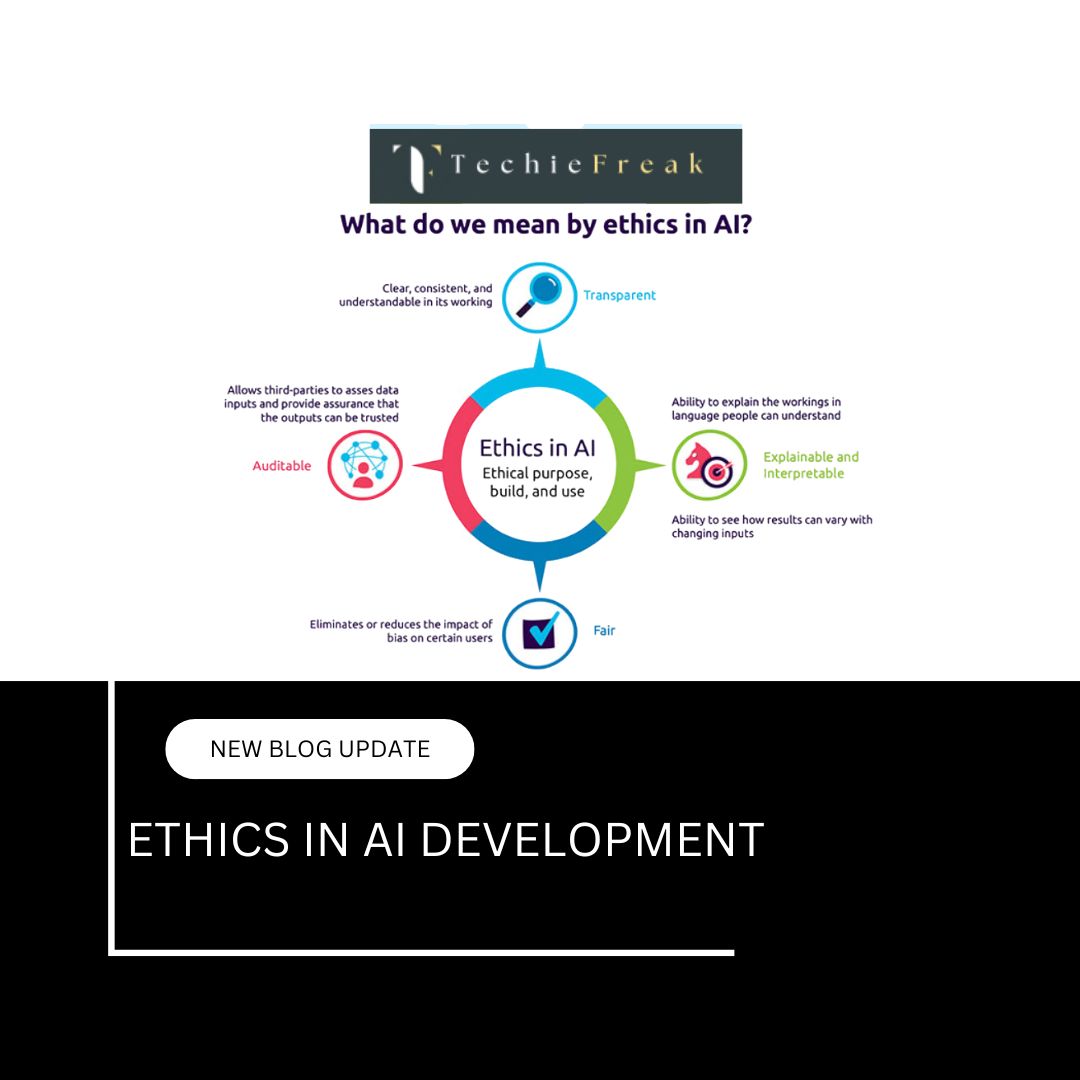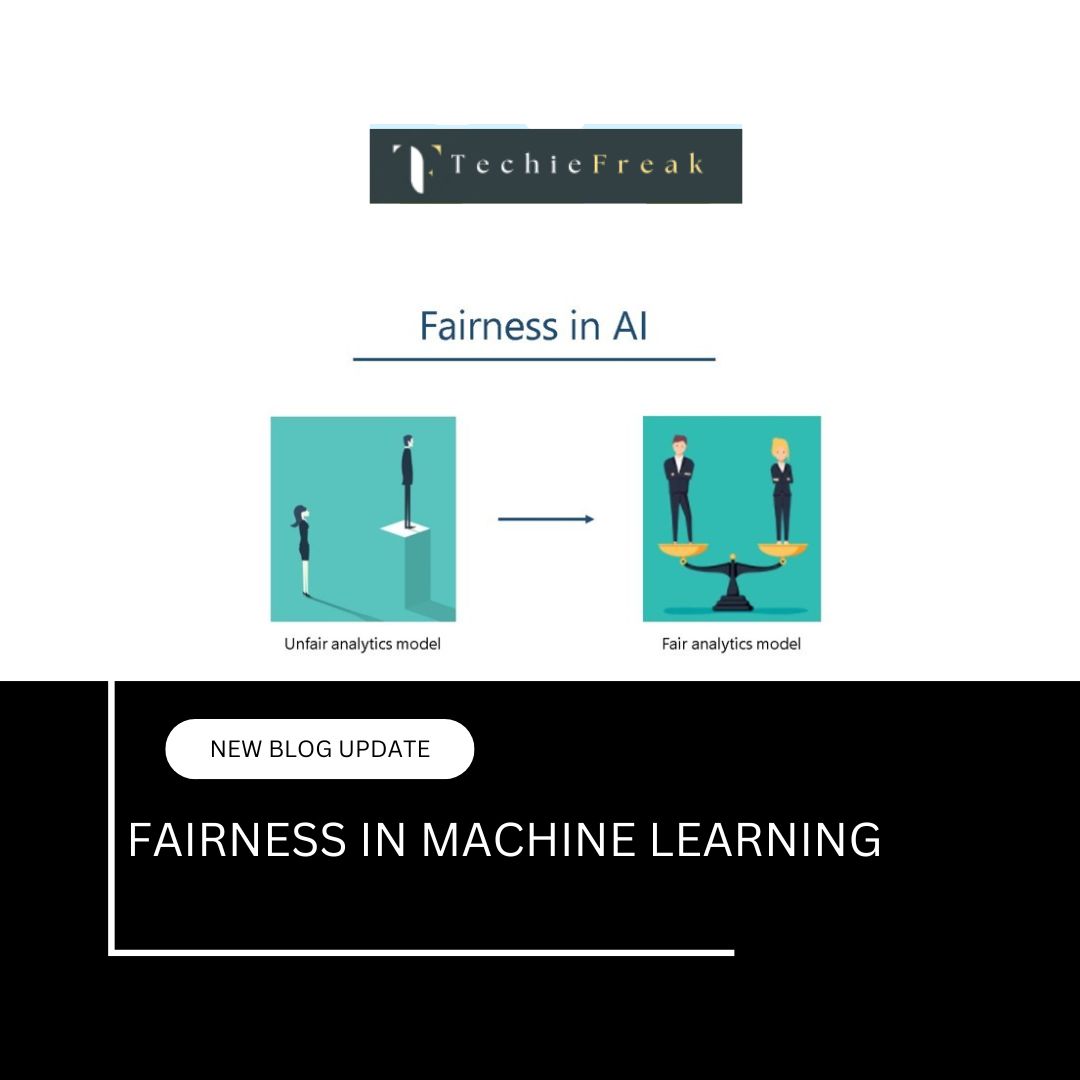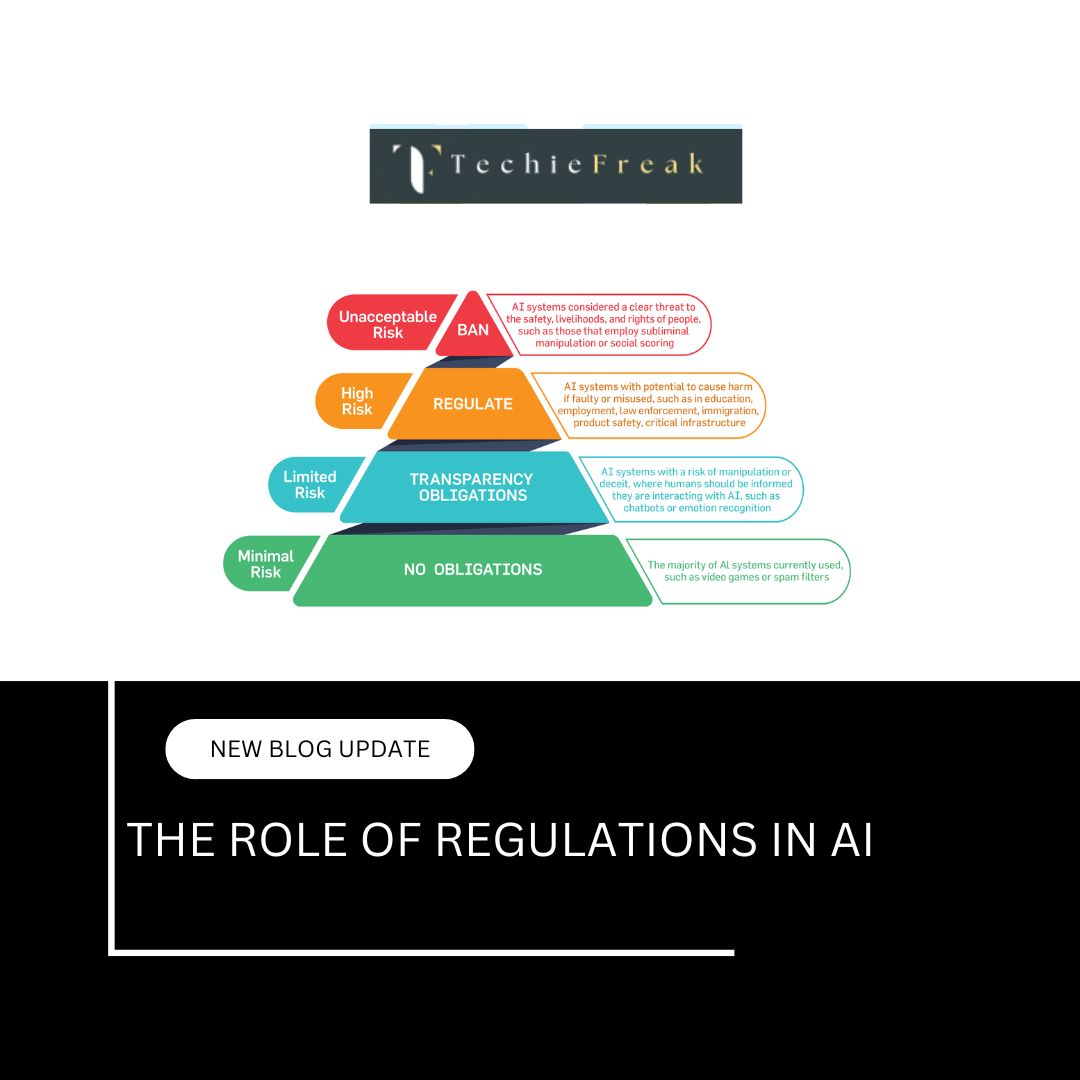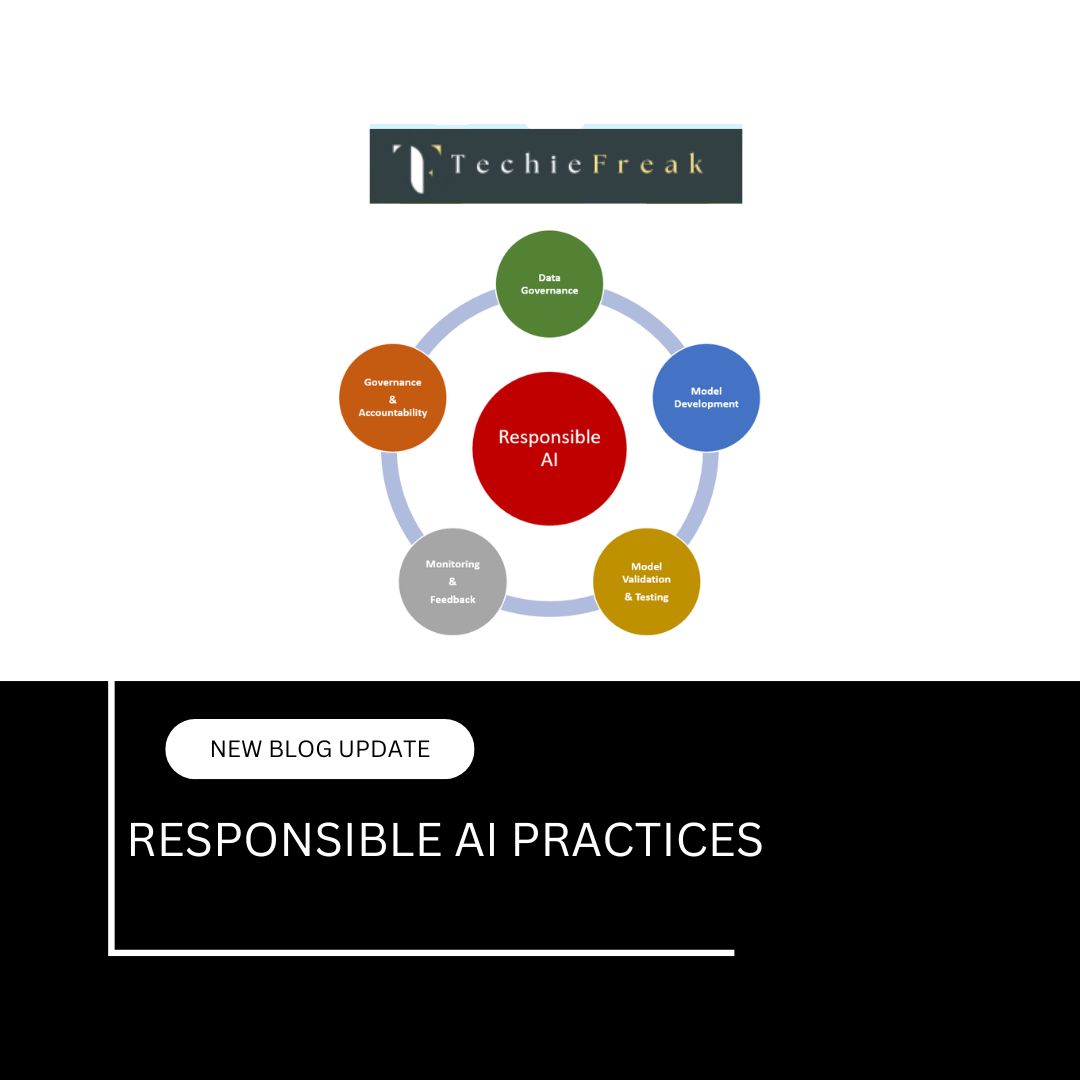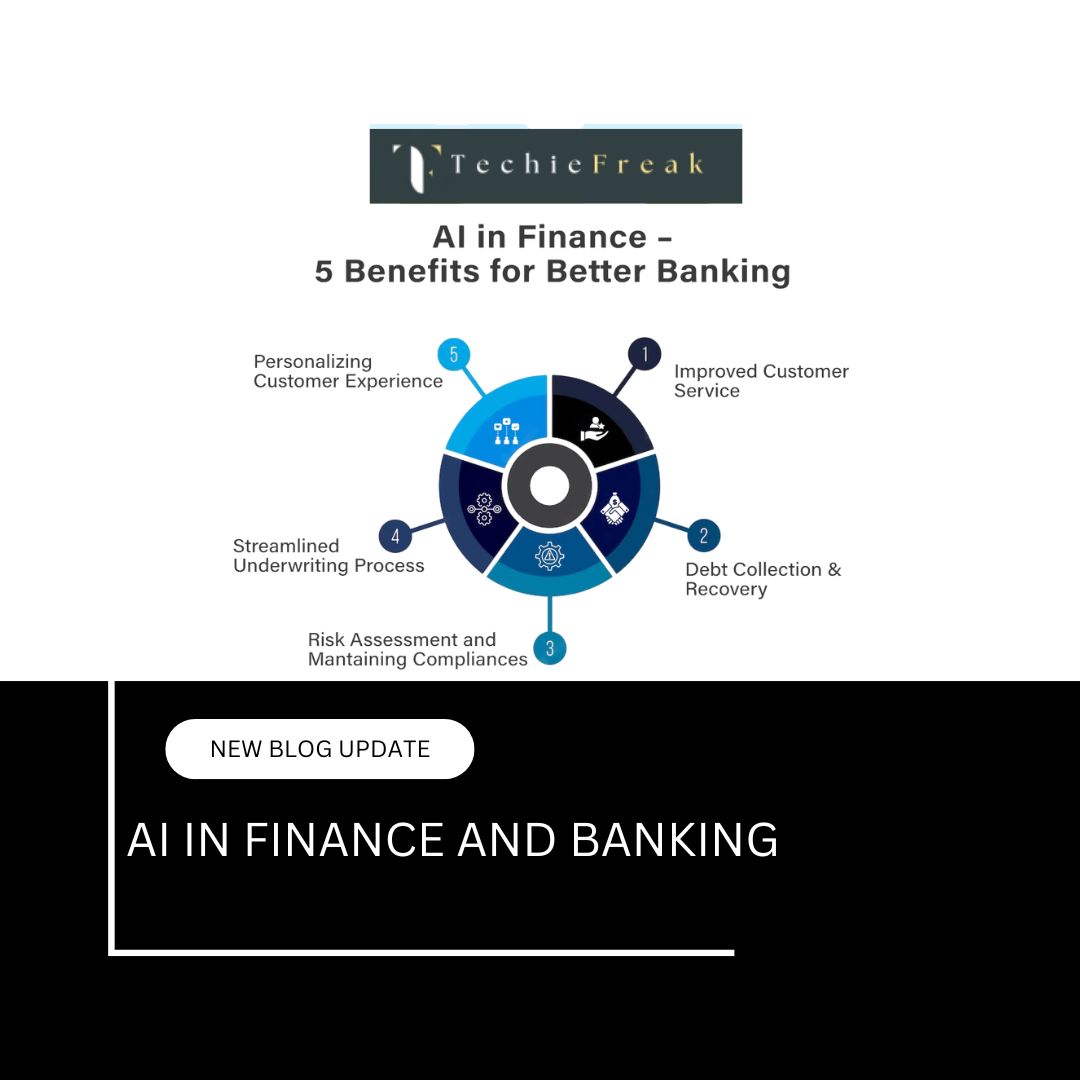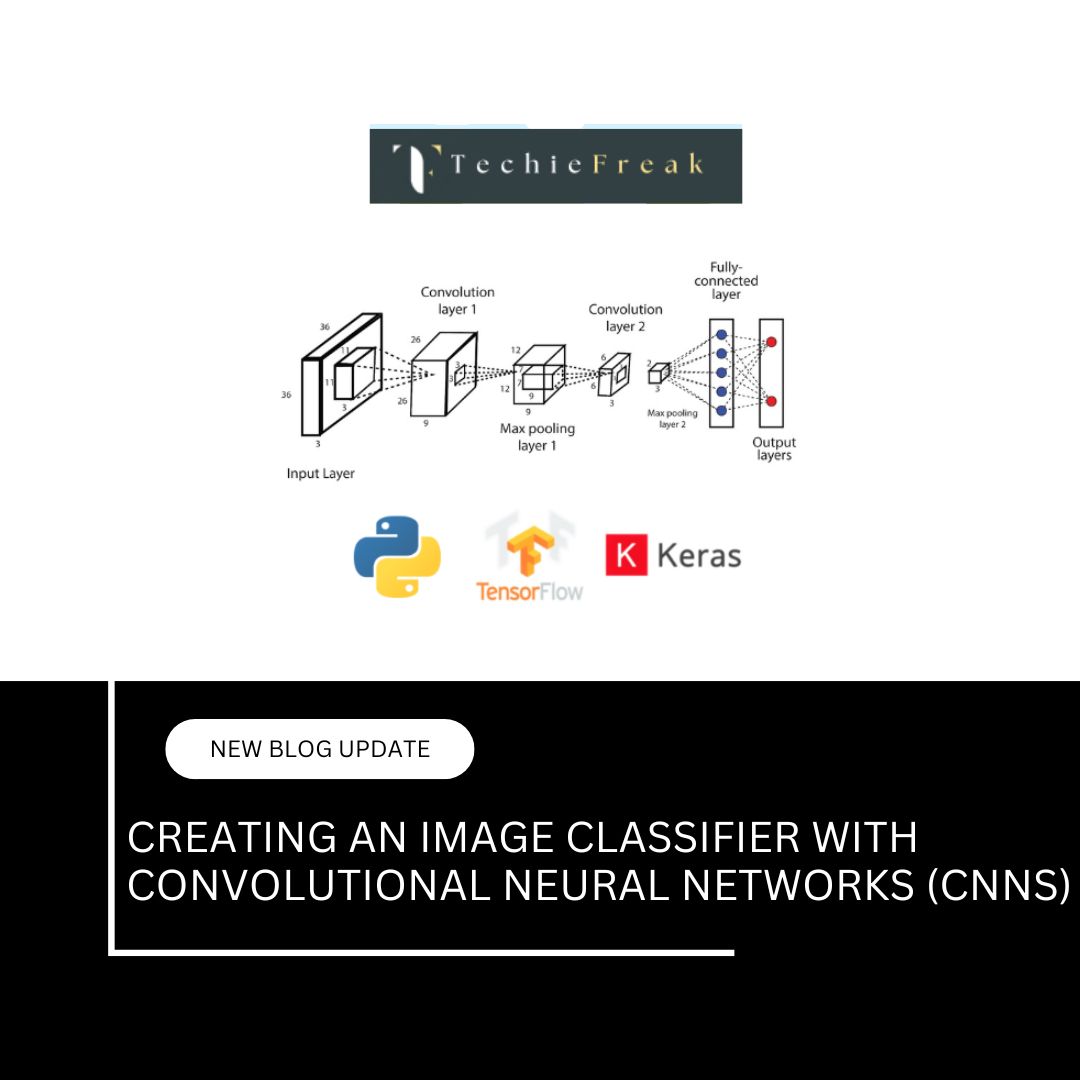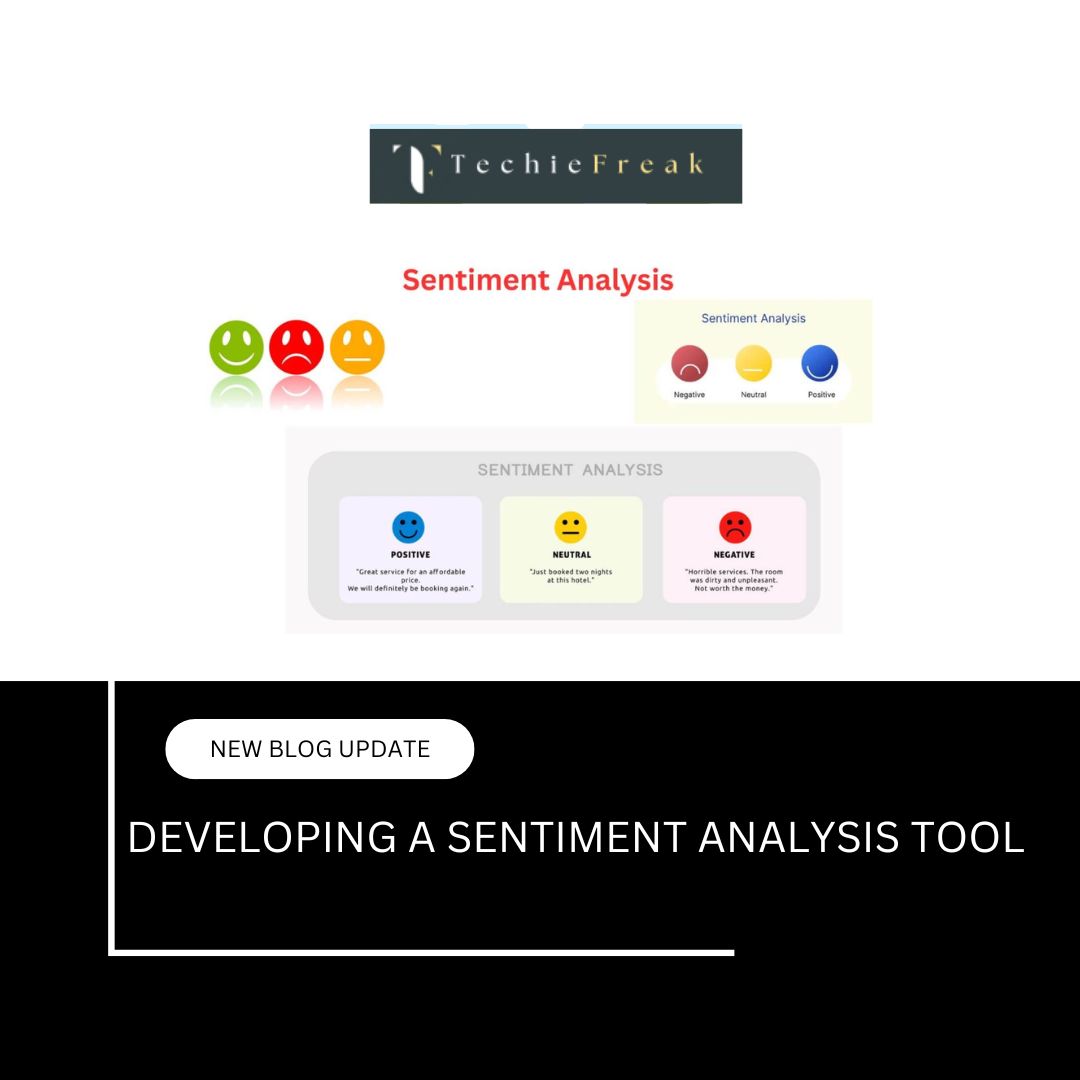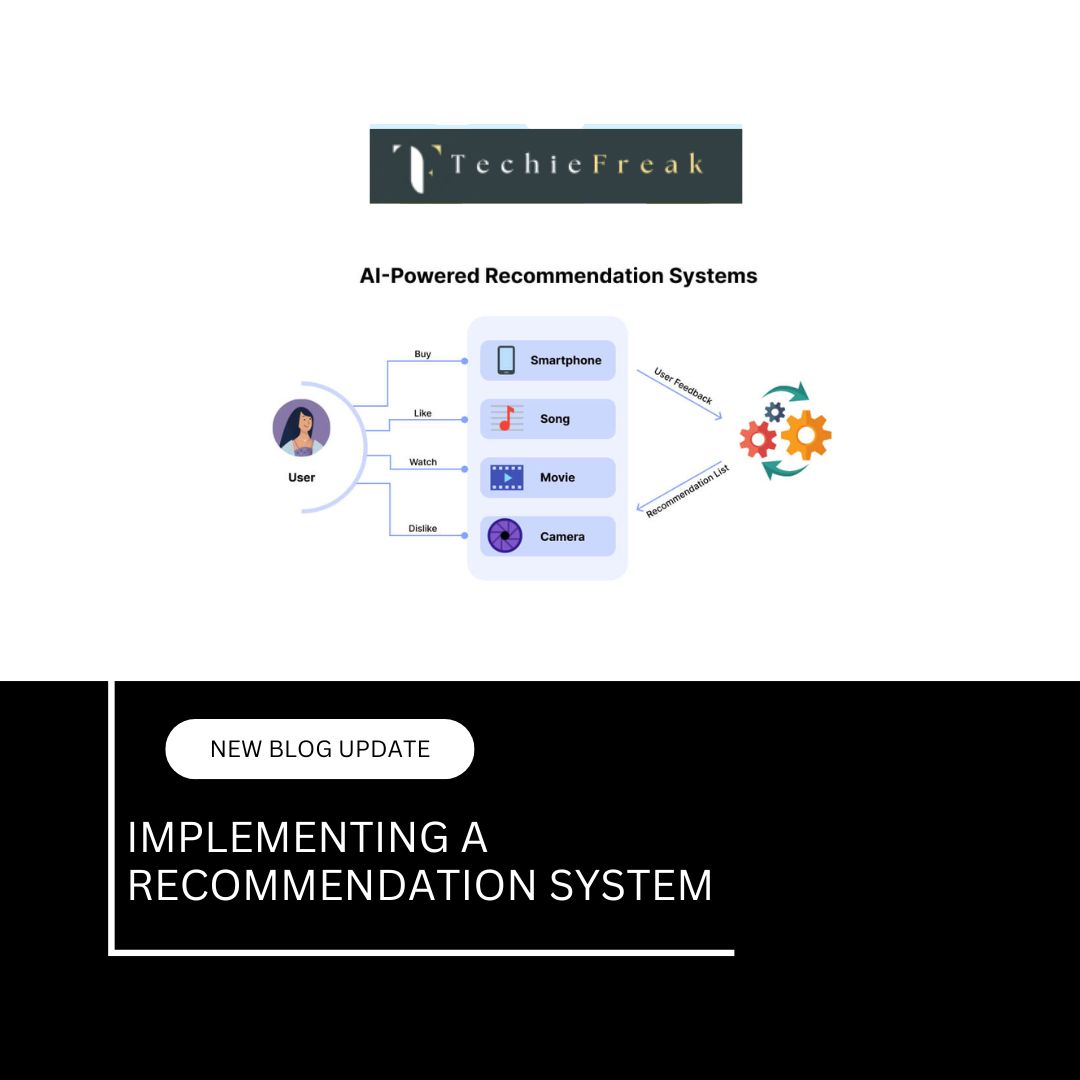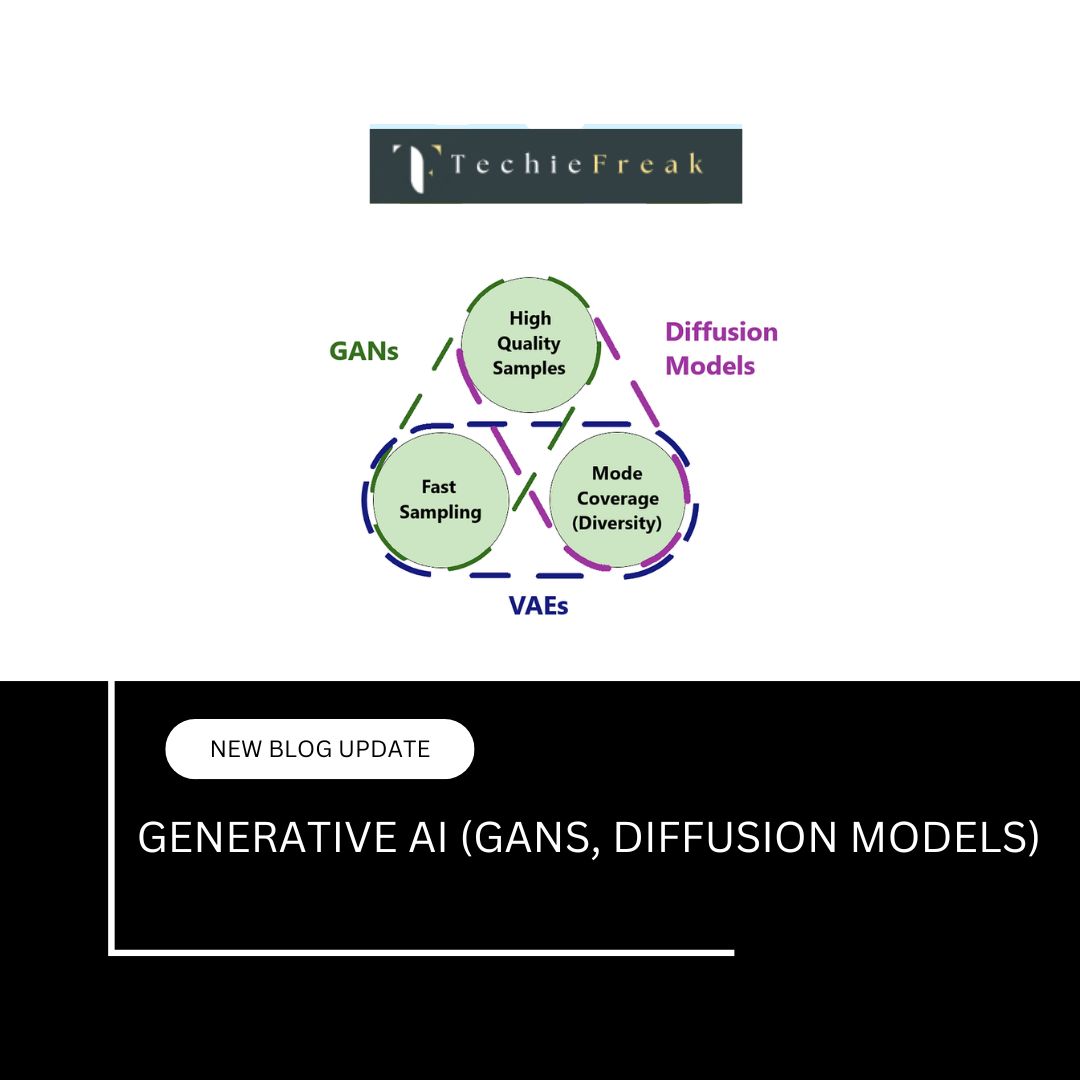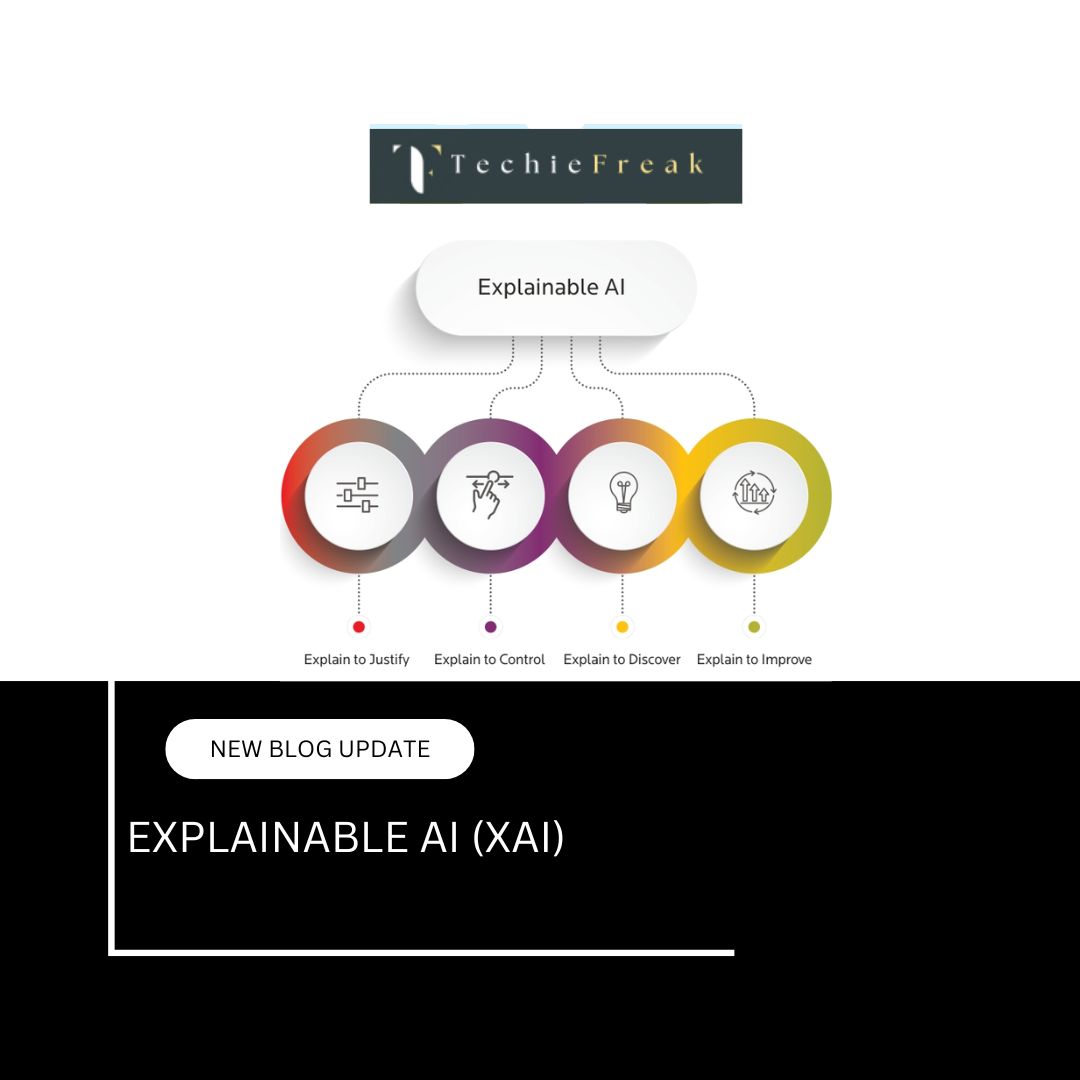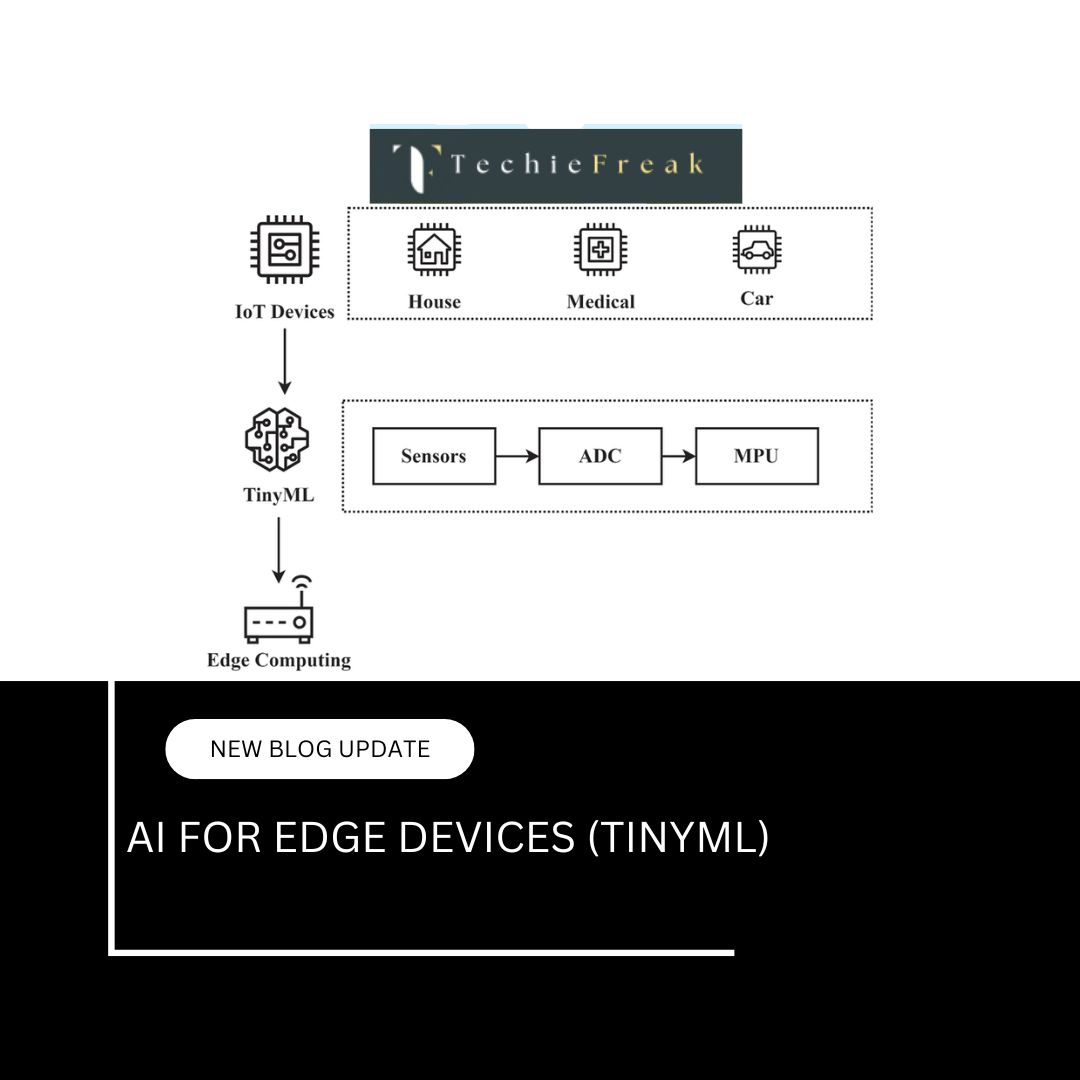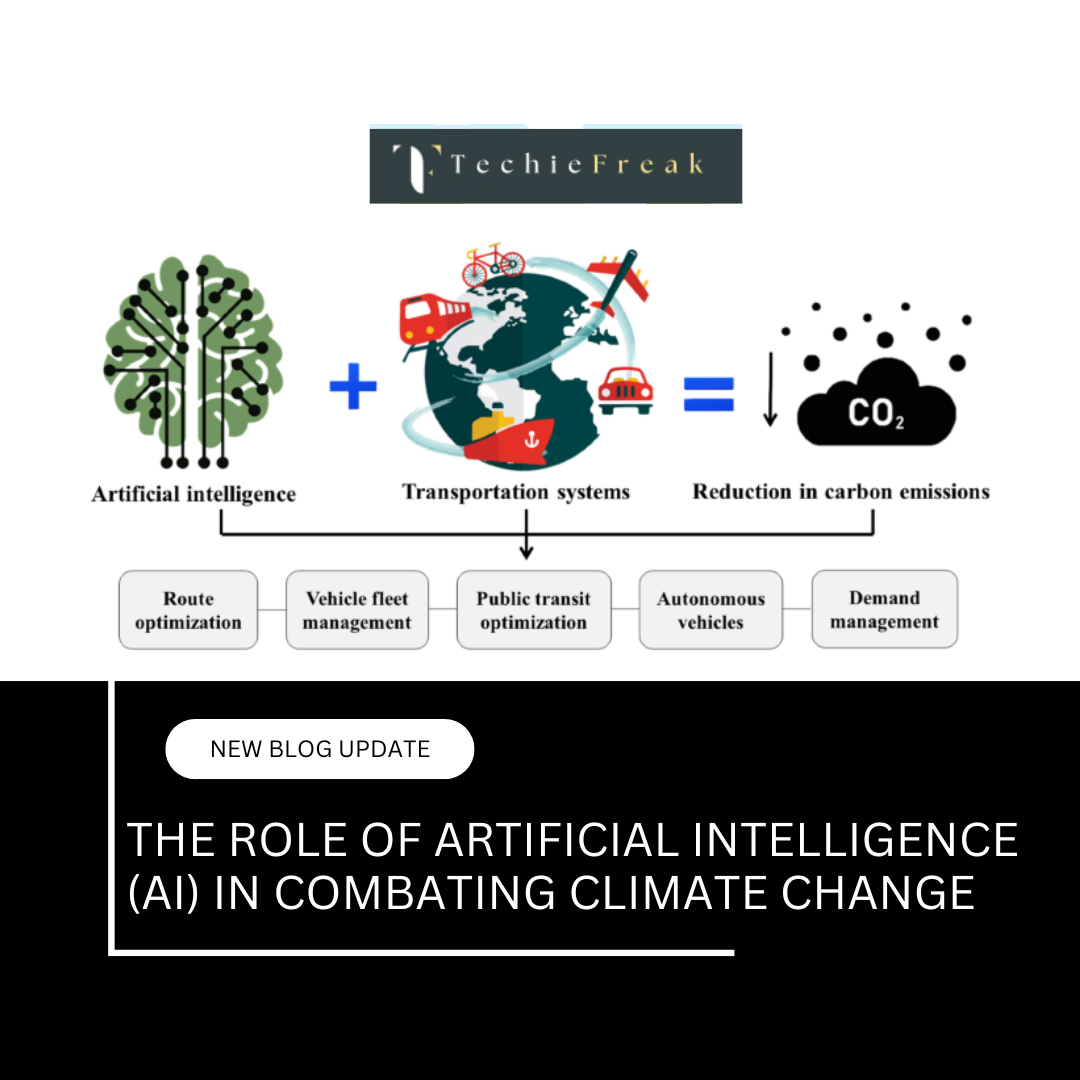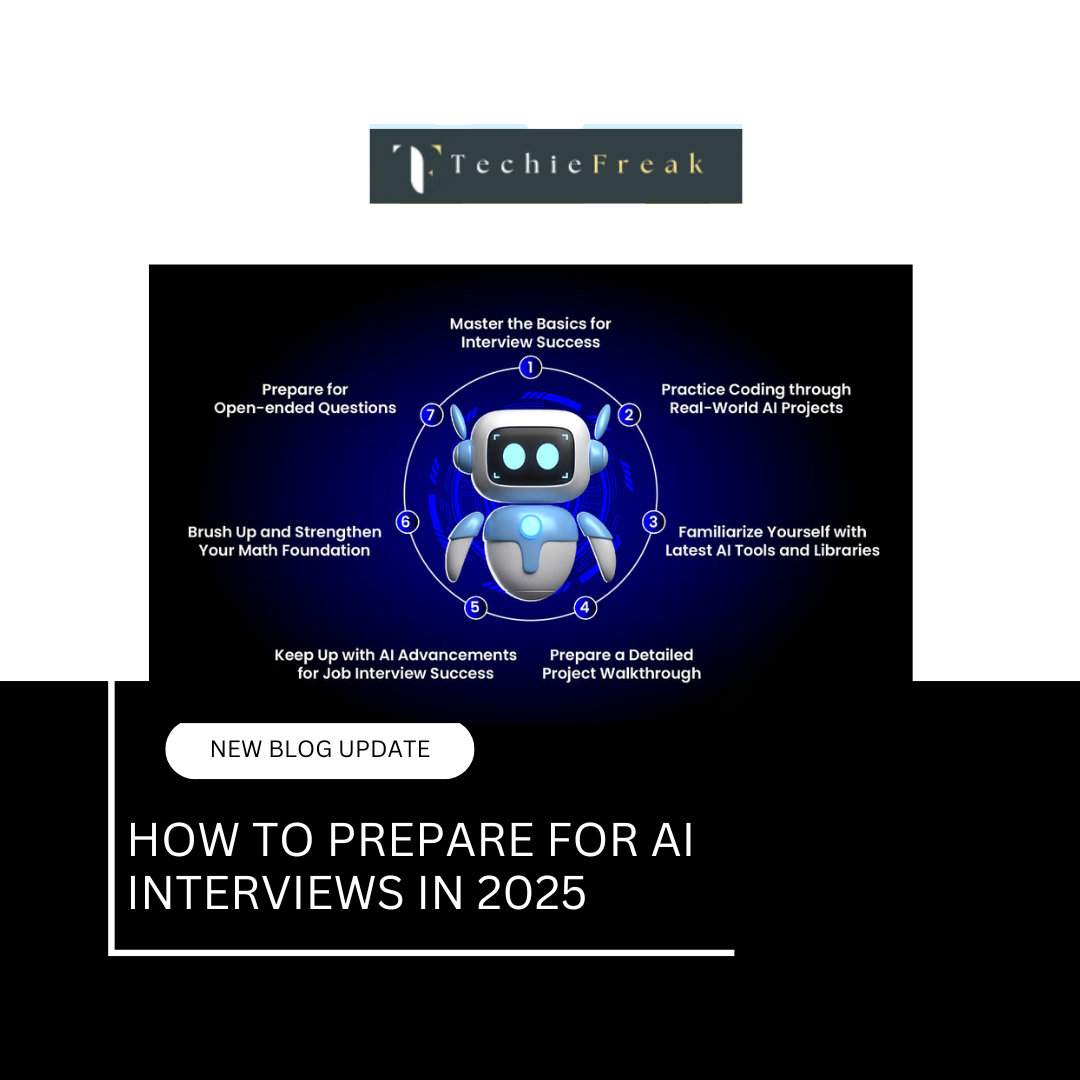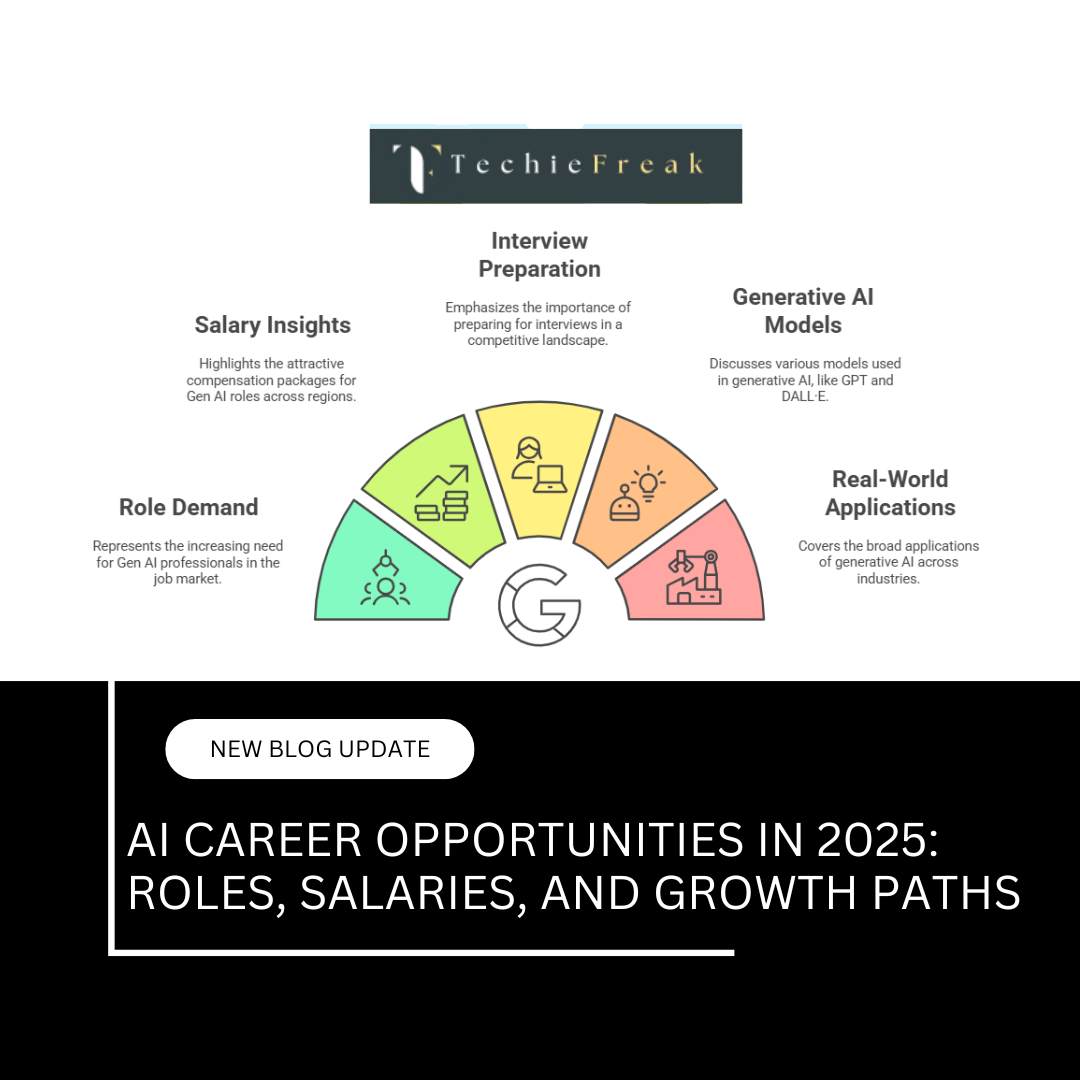Introduction to TensorFlow
TensorFlow is an open-source machine learning framework developed by Google Brain. It is widely used for deep learning applications in areas such as computer vision, natural language processing (NLP), and speech recognition. TensorFlow is designed for both research and production, offering scalable and efficient computation across CPUs, GPUs, and TPUs. It enables developers to build and deploy machine learning models efficiently, making it one of the most popular AI frameworks in the industry.
Key Features of TensorFlow
1. Computational Graph
TensorFlow uses a computational graph to represent mathematical operations. Each operation in a TensorFlow program is represented as a node in the graph, while the edges define the flow of data (tensors). This structure allows efficient execution of complex mathematical functions by optimizing resource allocation and enabling parallel processing across multiple devices.
2. Eager Execution
Eager execution is a feature in TensorFlow that allows operations to be executed immediately rather than being added to a computation graph for later execution. This makes debugging and prototyping easier by providing immediate feedback when running machine learning models. Developers can now use TensorFlow interactively, similar to how NumPy operates.
3. GPU and TPU Acceleration
TensorFlow supports hardware acceleration using Graphics Processing Units (GPUs) and Tensor Processing Units (TPUs). These specialized hardware components significantly speed up model training and inference, making TensorFlow ideal for deep learning applications that require high computational power.
4. Keras Integration
TensorFlow integrates Keras, a high-level API that simplifies the process of building and training neural networks. With Keras, developers can create models using simple and intuitive syntax while leveraging TensorFlow’s powerful backend for execution. It supports various model architectures, including Sequential and Functional API, making it suitable for both beginners and advanced users.
5. TensorFlow Lite for Mobile and Edge Devices
TensorFlow Lite is a lightweight version of TensorFlow designed for mobile and edge computing. It allows models to be optimized and deployed on low-power devices such as smartphones, IoT devices, and embedded systems. This enables AI applications to run efficiently without requiring a cloud connection.
6. TensorFlow.js for Web-Based AI
TensorFlow.js is a JavaScript library that allows machine learning models to run directly in a web browser or on Node.js. This makes it possible to develop interactive AI applications without relying on server-side computation, reducing latency and improving user experience.
7. TensorFlow Serving for Model Deployment
TensorFlow Serving is a tool designed for deploying machine learning models in production environments. It enables seamless integration with web applications, APIs, and real-time data streams, allowing businesses to use trained models for real-time decision-making and automation.
Core Components of TensorFlow
1. Tensors
Tensors are the fundamental data structures in TensorFlow. They are multi-dimensional arrays that represent data in a structured format, similar to NumPy arrays. Tensors facilitate efficient computation and data manipulation, making them essential for machine learning operations.
2. Operations (Ops)
Operations, or "ops," are the mathematical functions applied to tensors. These include matrix multiplication, activation functions, and loss calculations. Ops form the building blocks of deep learning models and are executed within TensorFlow's computational graph.
3. TensorFlow Hub
TensorFlow Hub is a repository of pre-trained models and components that can be reused for various machine learning tasks. It enables transfer learning, allowing developers to fine-tune existing models on new datasets instead of training from scratch, reducing training time and computational costs.
4. TensorFlow Extended (TFX)
TensorFlow Extended (TFX) is an end-to-end platform for deploying machine learning models in production. It includes tools for data validation, feature engineering, model training, and monitoring, making it easier to manage the entire machine learning pipeline.
How TensorFlow Works?
1. Defining the Model
The first step in using TensorFlow is defining the model architecture. This can be done using Keras APIs or TensorFlow’s lower-level functions. Developers specify the type of model, the number of layers, and the activation functions required for learning patterns from data.
2. Preparing the Data
TensorFlow provides tools such as TensorFlow Datasets and data pipelines to load and preprocess datasets. Data is often normalized, transformed, and split into training and testing sets before feeding it into the model for training.
3. Training the Model
During training, TensorFlow uses an optimization algorithm (such as stochastic gradient descent) to adjust the model’s weights based on the input data and loss function. GPU and TPU acceleration speed up this process, allowing large datasets to be processed efficiently.
4. Evaluating and Fine-Tuning
Once the model is trained, it is evaluated using test data to measure its performance. Developers may fine-tune the model by adjusting hyperparameters, adding regularization techniques, or using transfer learning to improve accuracy.
5. Deploying the Model
After achieving satisfactory performance, the trained model can be deployed using TensorFlow Serving, TensorFlow Lite, or TensorFlow.js. Deployment allows the model to be used for real-time predictions in applications, mobile devices, or web browsers.
TensorFlow’s flexibility and efficiency make it a powerful tool for developing AI applications, ranging from research prototypes to large-scale production systems.
Example: How TensorFlow Works Step by Step
Let’s go through a simple example of building, training, and making predictions using a deep learning model with TensorFlow. In this example, we will create a neural network to classify handwritten digits using the MNIST dataset.
Step 1: Install and Import Dependencies
Before using TensorFlow, ensure it is installed. You can install it using the following command:
pip install tensorflow
Now, import the required libraries:
import tensorflow as tf
from tensorflow import keras
import numpy as np
import matplotlib.pyplot as plt
Step 2: Load and Preprocess the Dataset
TensorFlow provides built-in datasets, including the MNIST dataset, which contains 60,000 training images and 10,000 test images of handwritten digits (0-9).
# Load the MNIST dataset
mnist = keras.datasets.mnist
(x_train, y_train), (x_test, y_test) = mnist.load_data()
# Normalize the pixel values (convert from 0-255 to 0-1 range)
x_train, x_test = x_train / 255.0, x_test / 255.0
# Display a sample image
plt.imshow(x_train[0], cmap='gray')
plt.show()
Explanation:
- The dataset is split into training and testing sets.
- The images are grayscale (28x28 pixels), so we normalize the pixel values to improve model performance.
Step 3: Define the Neural Network Model
Now, we define a simple feedforward neural network using TensorFlow’s Keras API.
# Define the model
model = keras.Sequential([
keras.layers.Flatten(input_shape=(28, 28)), # Input layer (convert 2D image into 1D)
keras.layers.Dense(128, activation='relu'), # Hidden layer with 128 neurons and ReLU activation
keras.layers.Dense(10, activation='softmax') # Output layer with 10 neurons (one for each digit)
])
Explanation:
- The Flatten layer converts the 2D image into a 1D vector.
- The Dense layer is a fully connected layer with 128 neurons using the ReLU activation function.
- The Output layer has 10 neurons, each representing a digit (0-9), using the softmax activation function to output probabilities.
Step 4: Compile the Model
Before training, we need to compile the model by specifying:
- The optimizer (Adam) for adjusting weights.
- The loss function (Sparse Categorical Crossentropy) to measure errors.
- The evaluation metric (accuracy) to track performance.
model.compile(optimizer='adam',
loss='sparse_categorical_crossentropy',
metrics=['accuracy'])
Step 5: Train the Model
Now, we train the model using the training dataset.
model.fit(x_train, y_train, epochs=5Explanation:
- We train for 5 epochs, meaning the model will see the dataset 5 times.
- The model updates its parameters to minimize the loss function after each epoch.
Step 6: Evaluate the Model
After training, we evaluate the model using the test dataset to check its accuracy.
test_loss, test_acc = model.evaluate(x_test, y_test)
print(f"Test Accuracy: {test_acc:.4f}")
Explanation:
- The model is tested on unseen data to measure its generalization ability.
- The accuracy score shows how well the model performs on the test set.
Step 7: Make Predictions
Now, let's use the trained model to make predictions on new images.
predictions = model.predict(x_test)
# Show prediction for the first test image
predicted_label = np.argmax(predictions[0]) # Get the digit with the highest probability
print(f"Predicted Label: {predicted_label}")
# Display the image
plt.imshow(x_test[0], cmap='gray')
plt.title(f"Predicted: {predicted_label}")
plt.show()
Explanation:
- The model predicts probabilities for each digit (0-9).
- We use argmax() to find the digit with the highest probability.
- The prediction is displayed along with the corresponding test image.
Step 8: Save and Load the Model (Optional)
To use the model later without retraining, we can save it.
# Save the trained model
model.save("mnist_model.h5")
# Load the saved model
loaded_model = keras.models.load_model("mnist_model.h5")
Key Takeaways
This step-by-step example demonstrated how TensorFlow works by:
- Importing dependencies.
- Loading and preprocessing the dataset.
- Defining a simple neural network.
- Compiling and training the model.
- Evaluating its accuracy on test data.
- Making predictions using the trained model.
Saving and loading the model for future use.
.png)
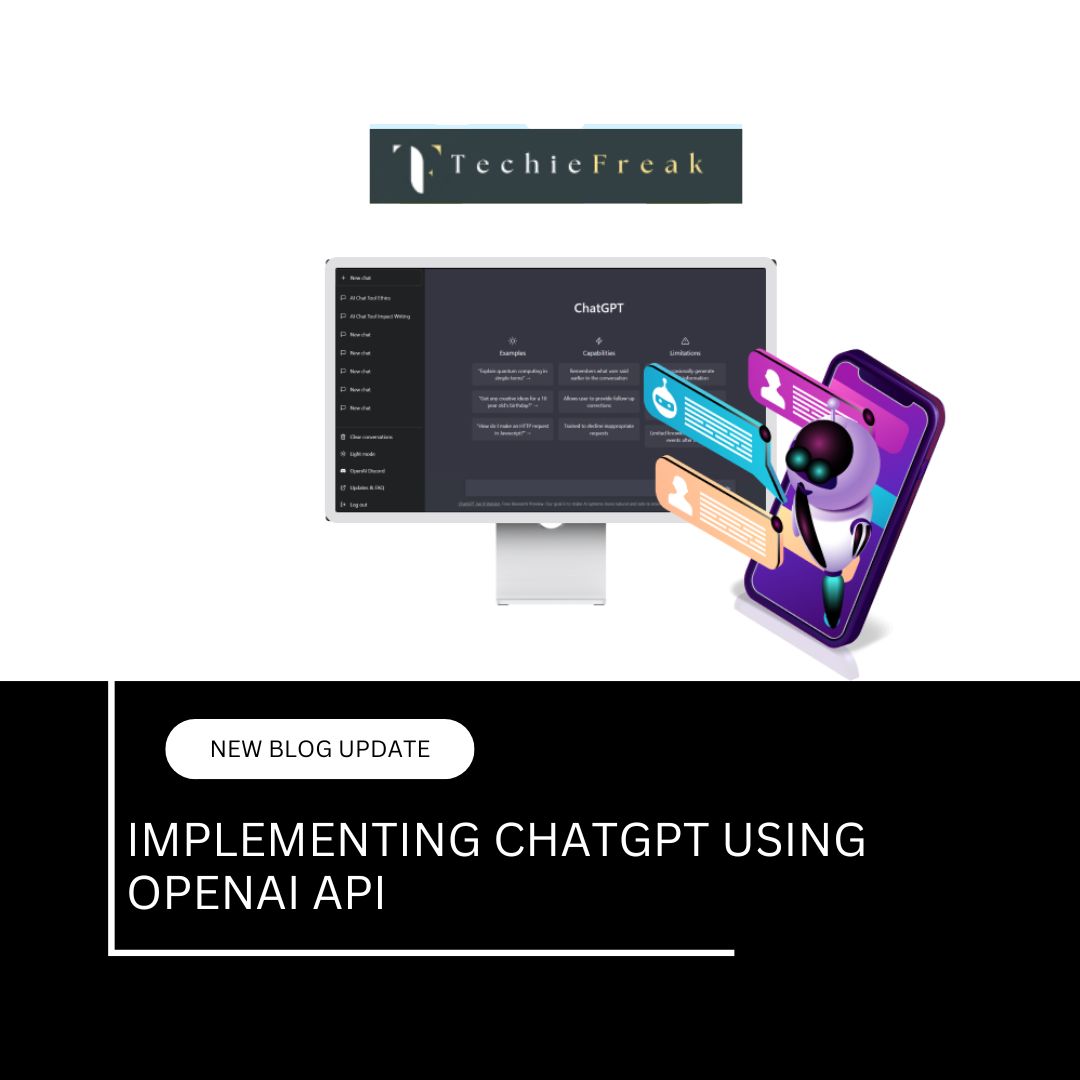

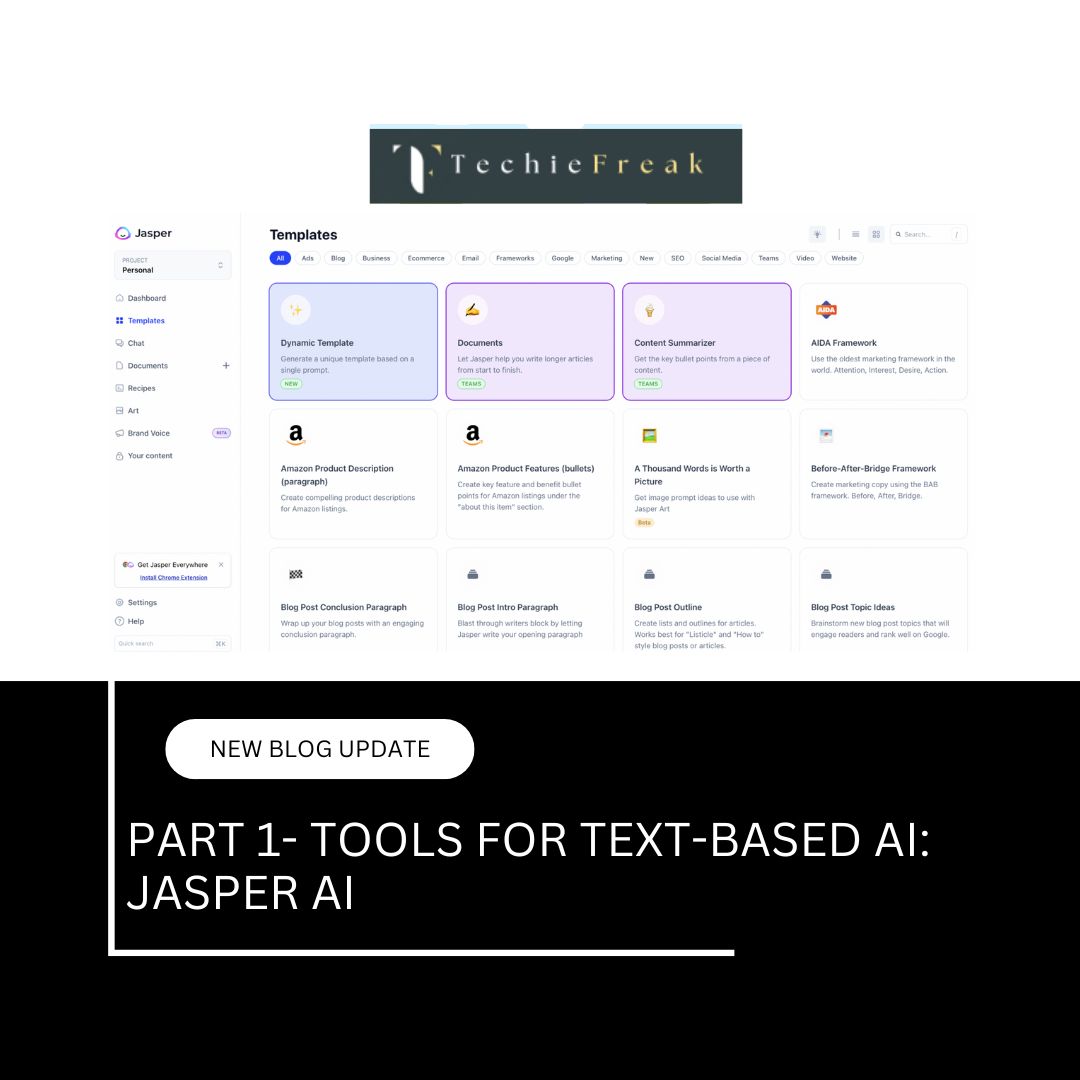


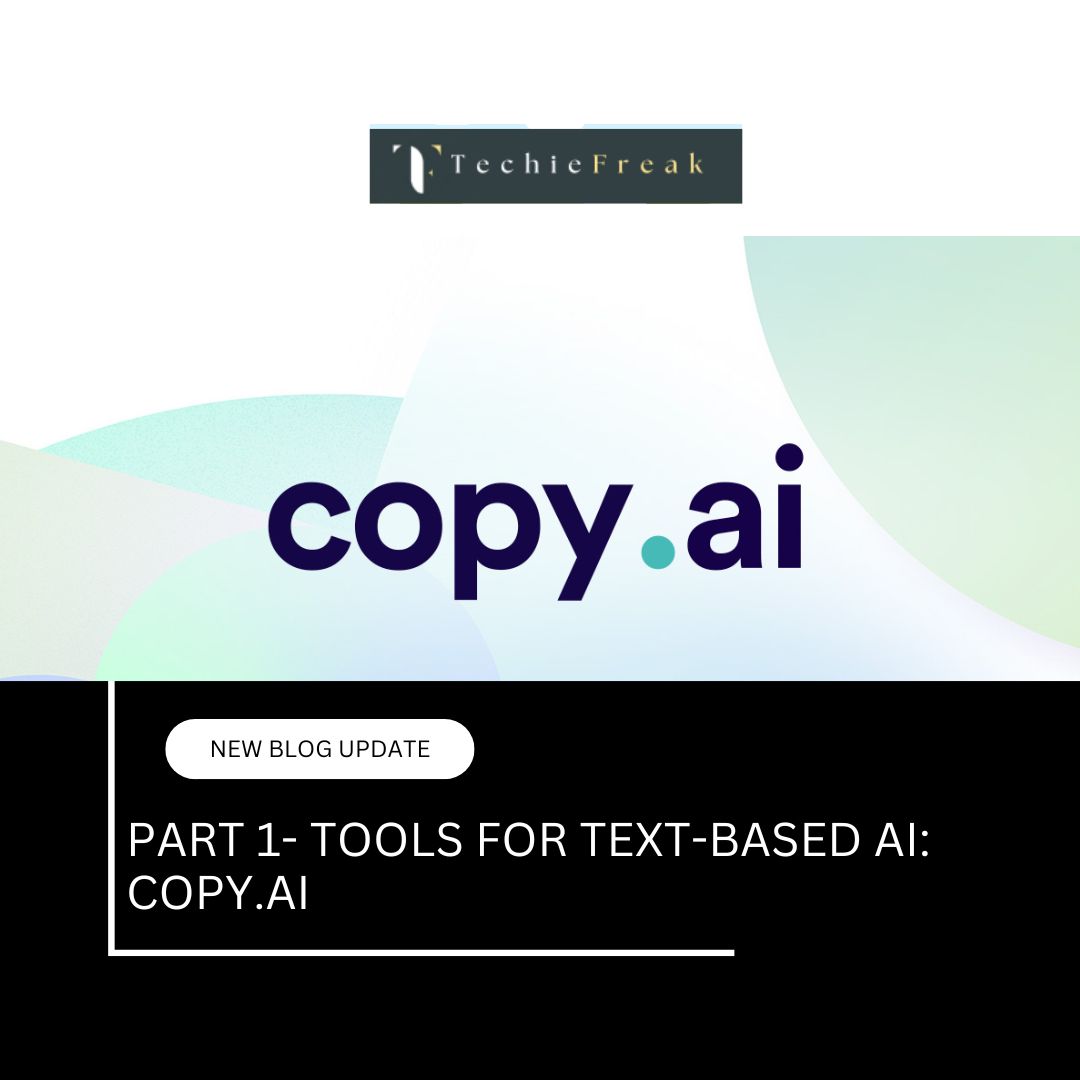
.jpg)
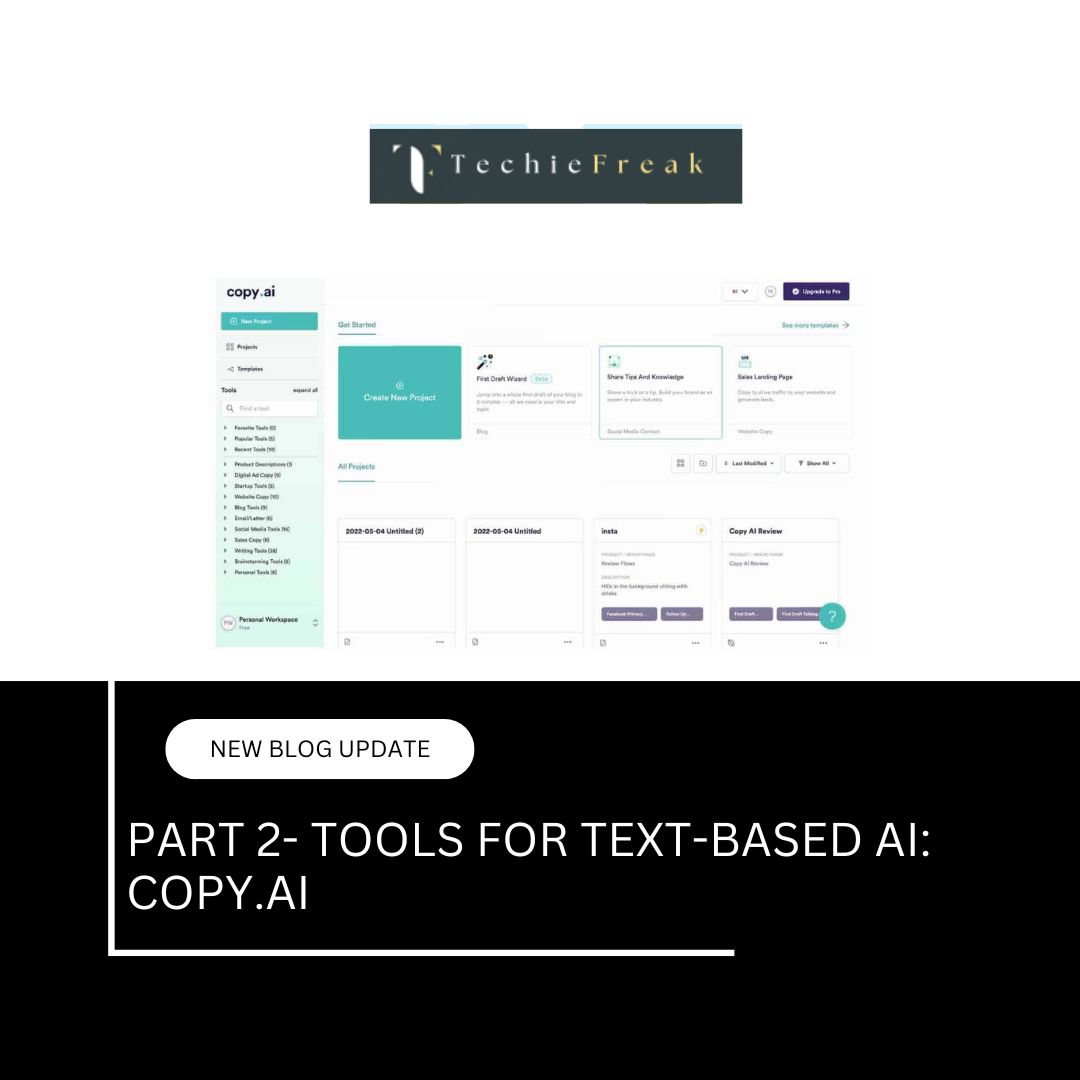
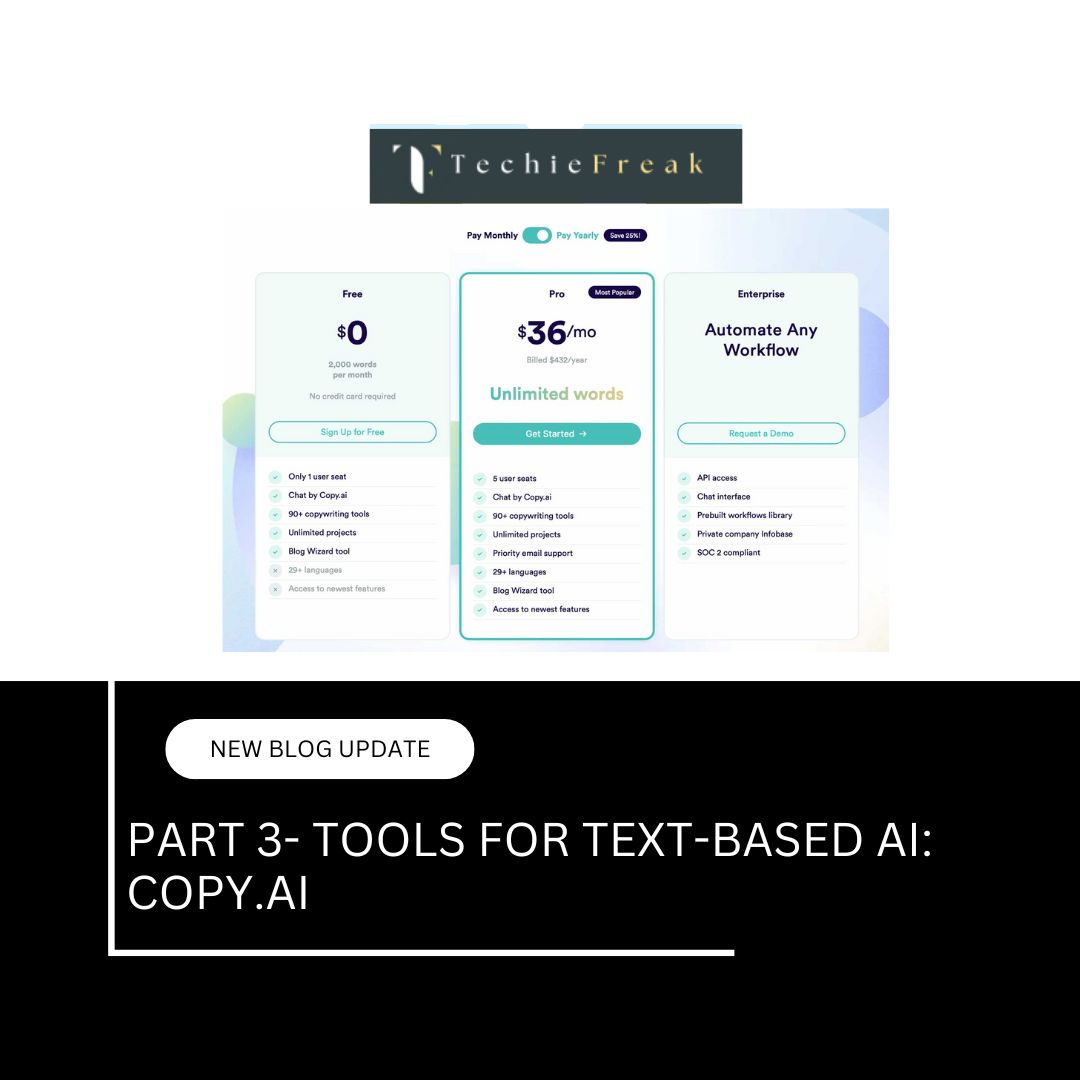
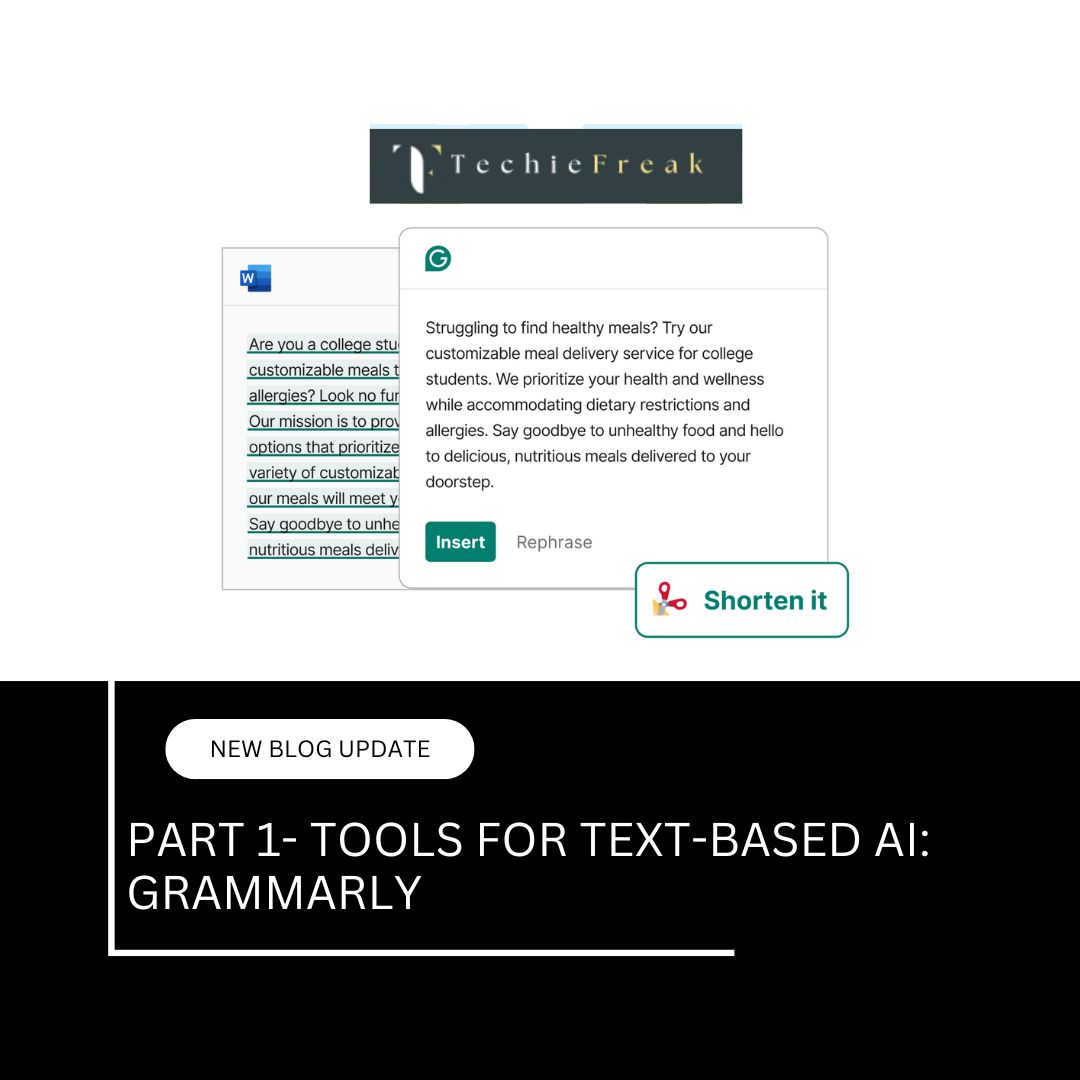
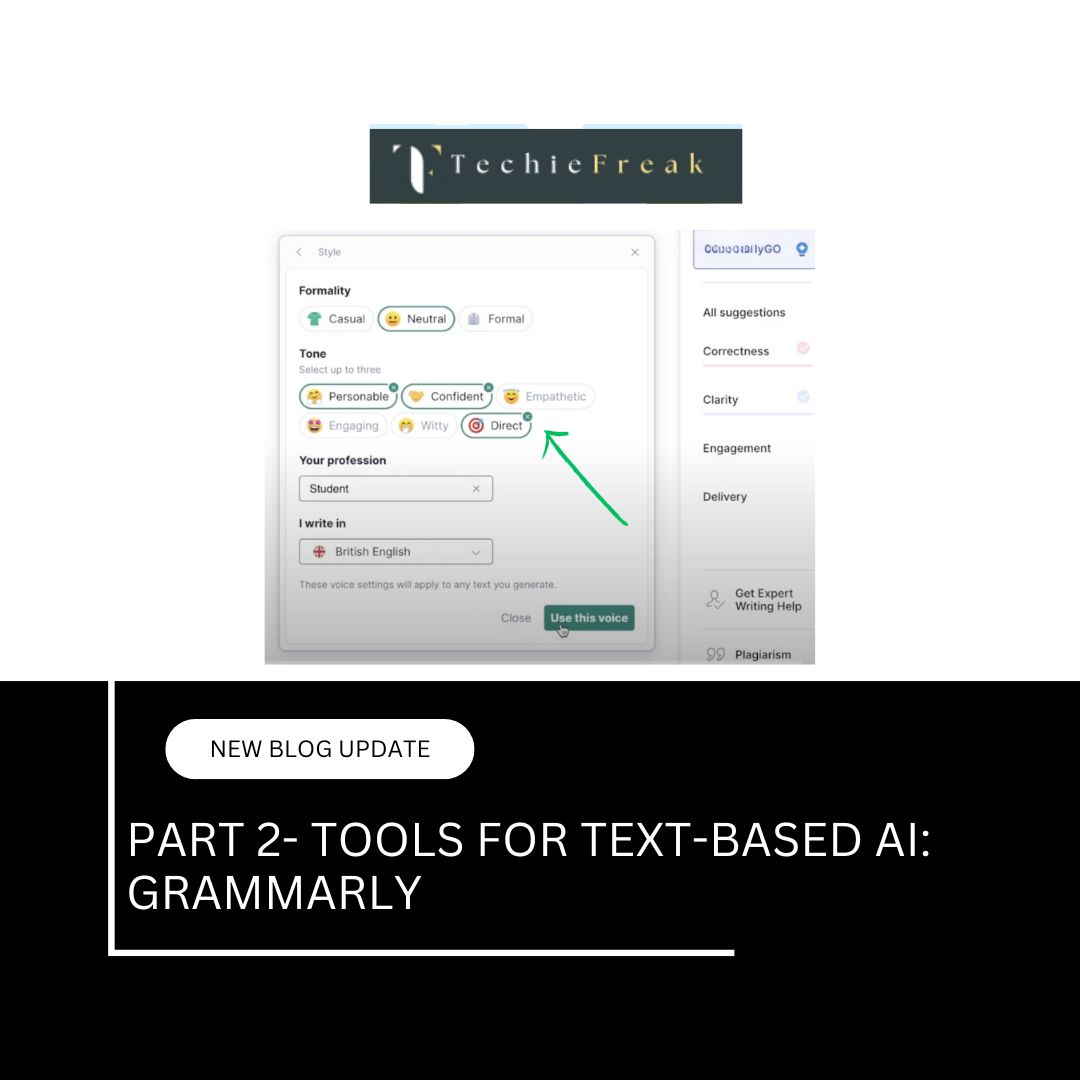
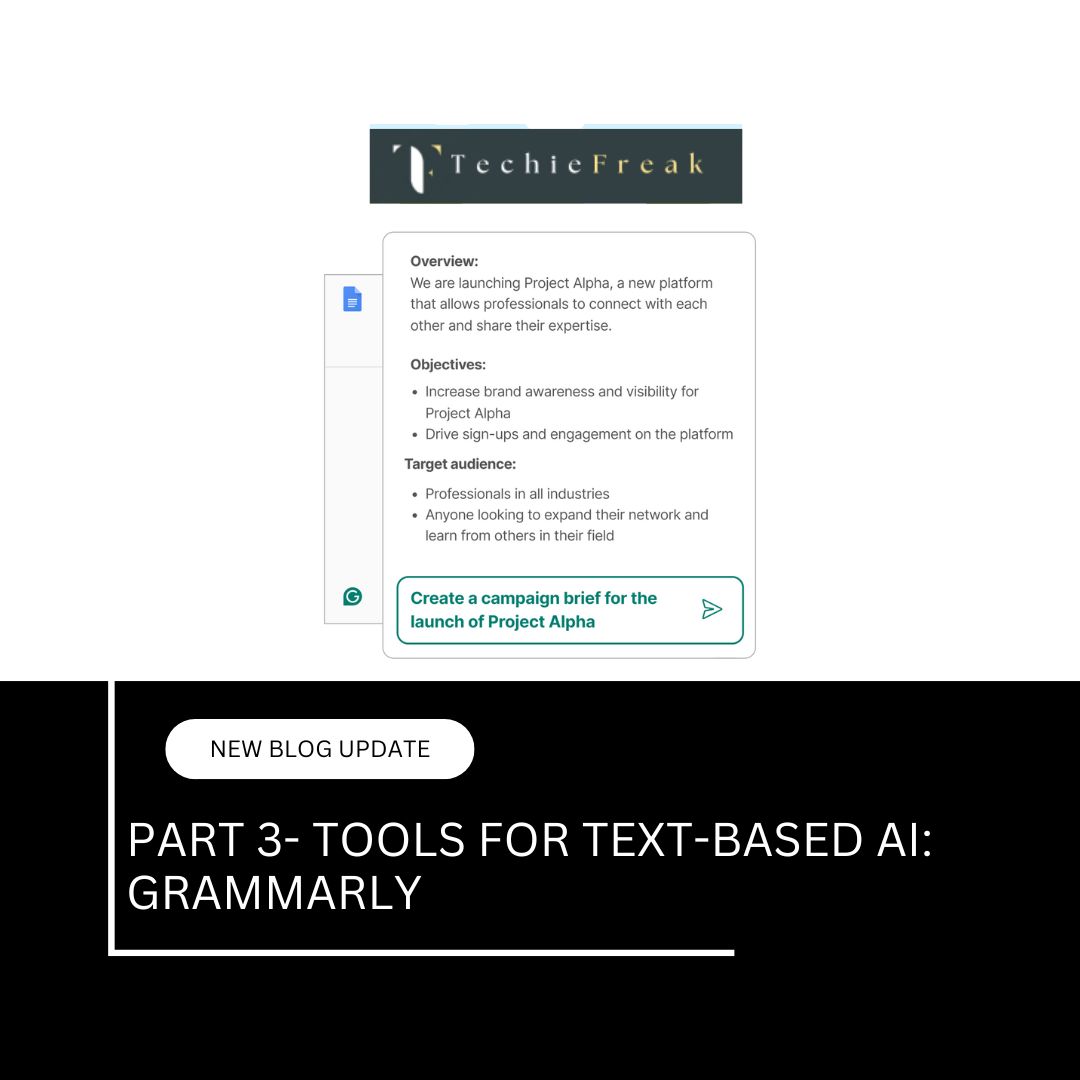
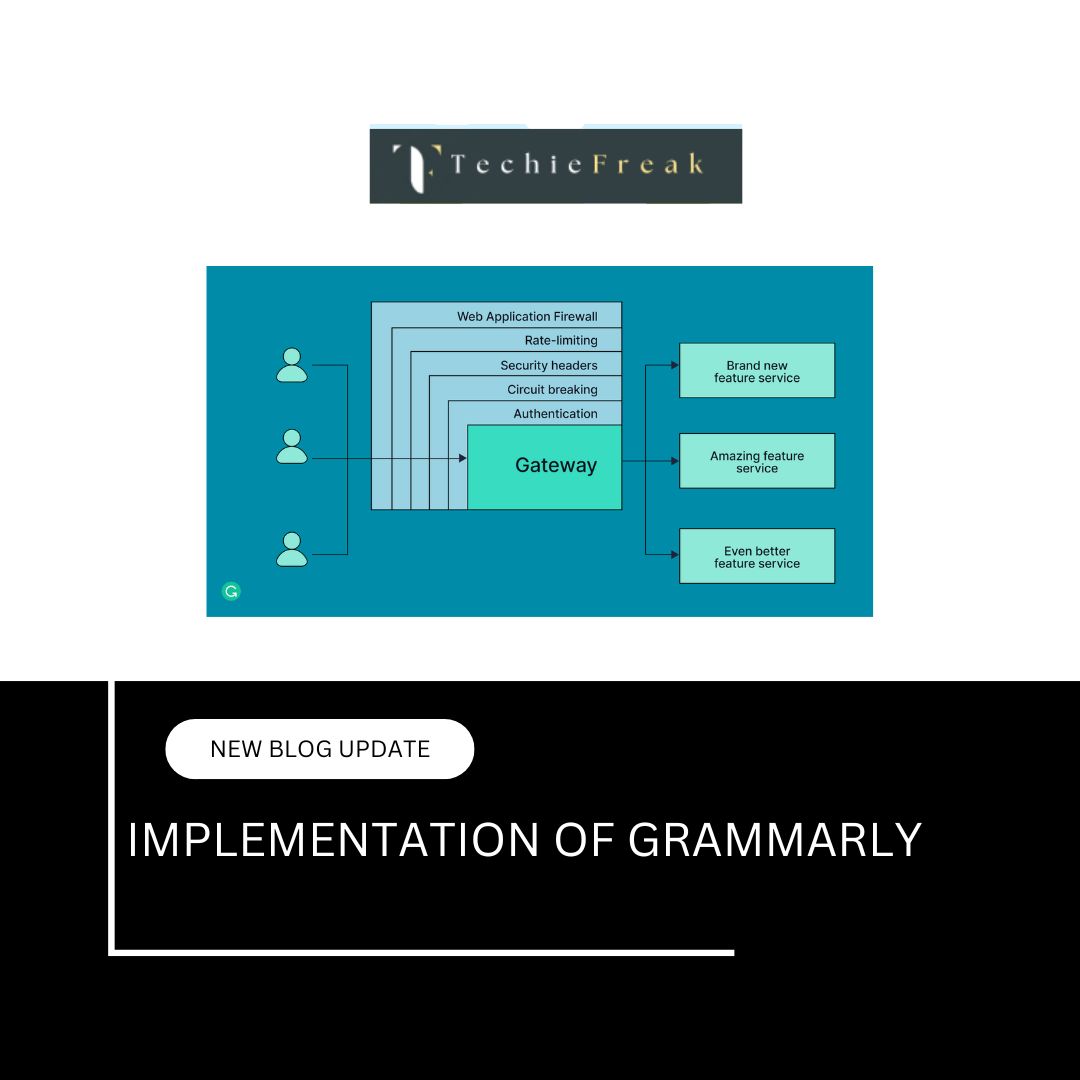




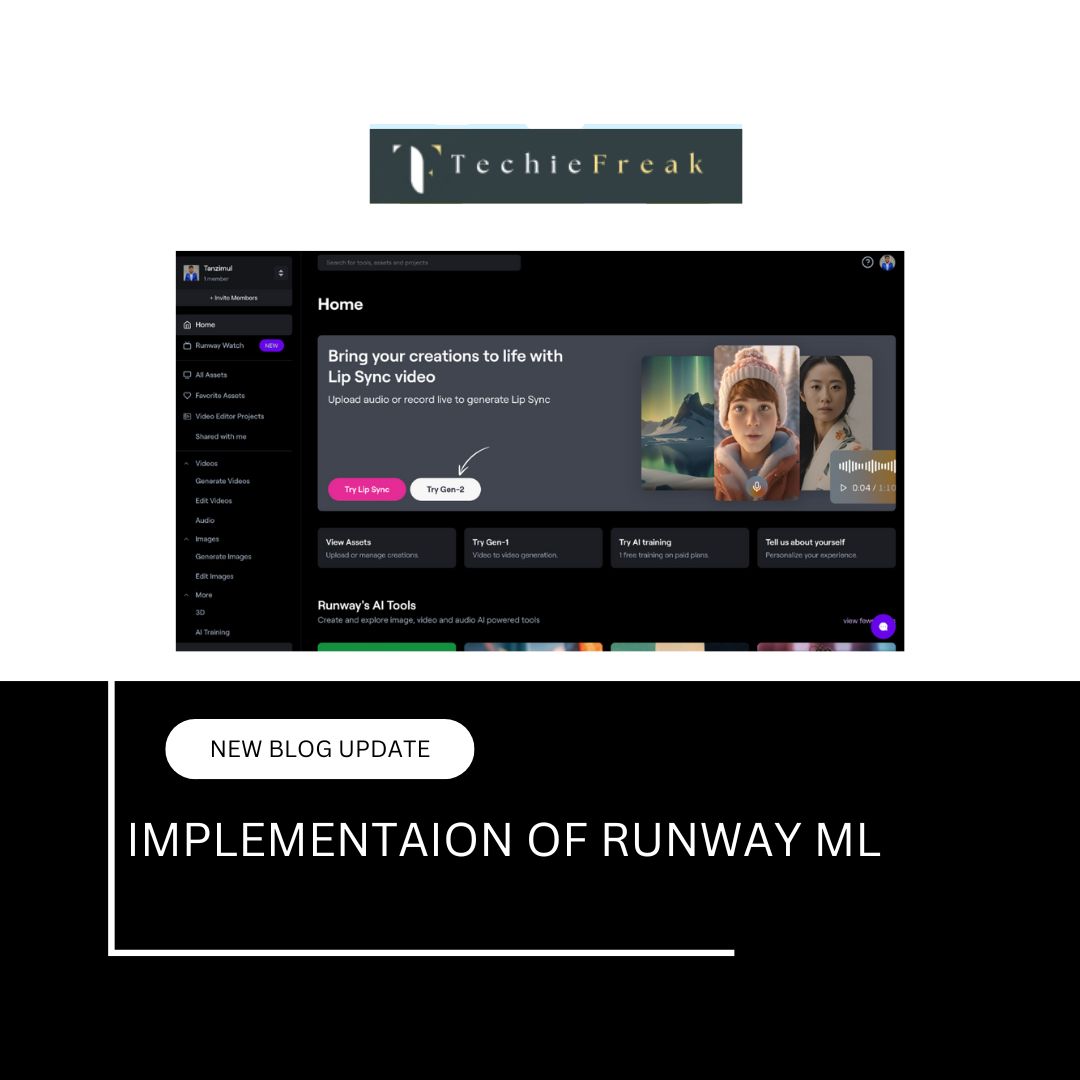


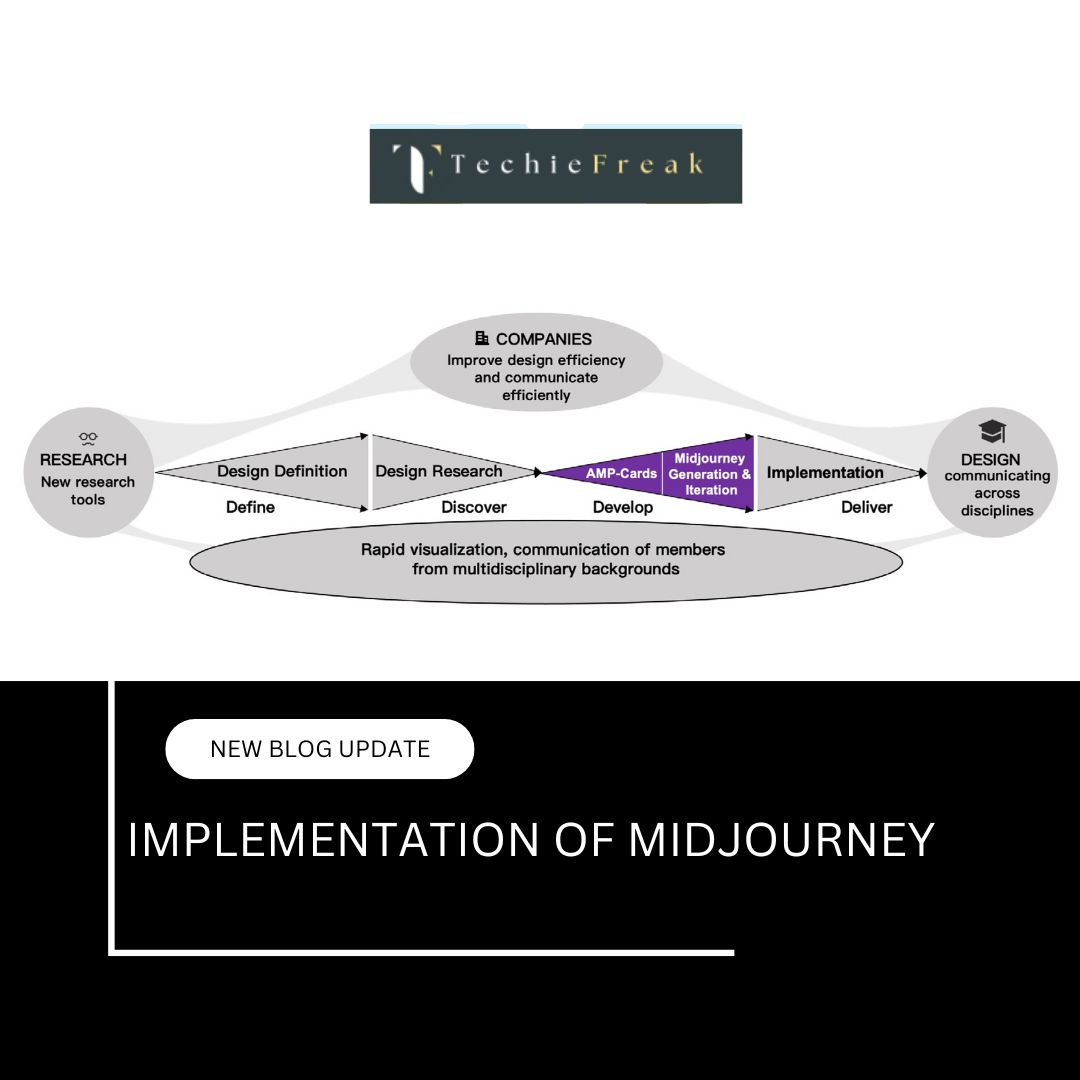
.jpg)


.png)
.png)
.png)
.png)
.png)
.png)
.png)
.png)
.png)
.png)
.png)
.png)
.png)
.png)
.png)
.png)
.png)
.png)
.png)
.png)
.png)
.png)
.png)
.png)
.png)
.png)
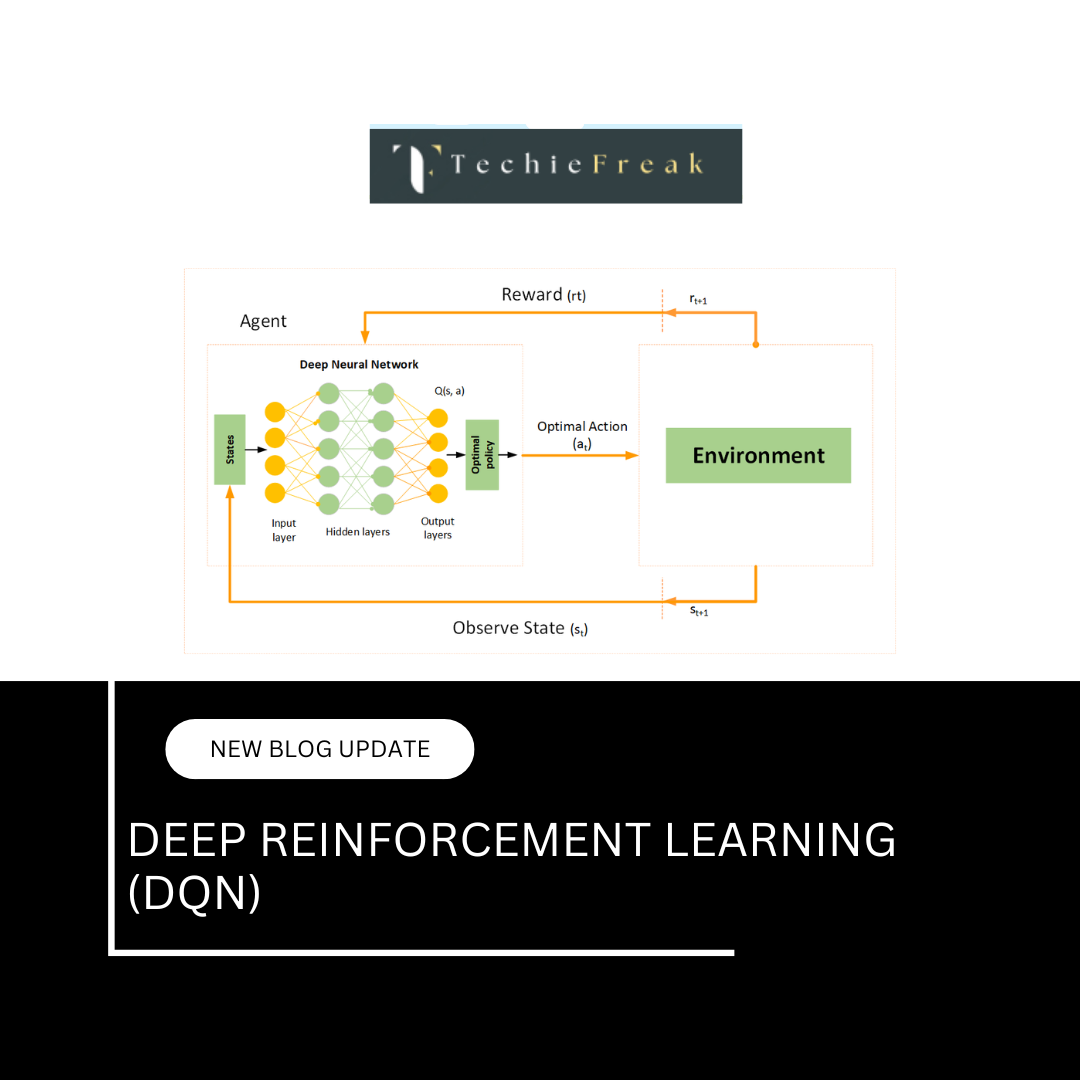
.png)
.png)
.png)
.png)
.png)

.png)



